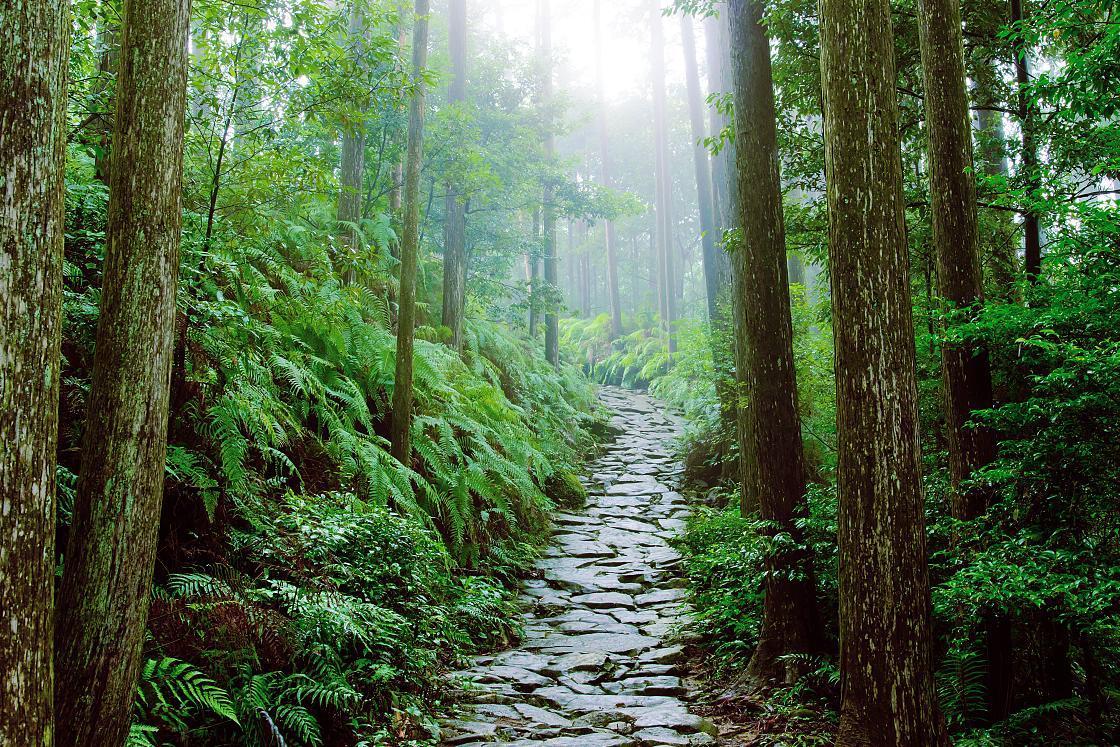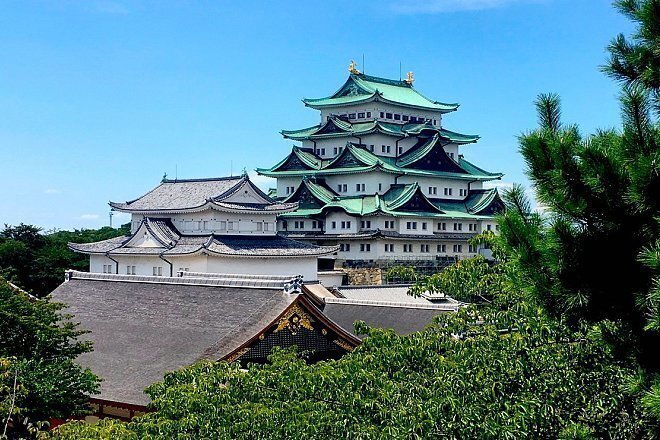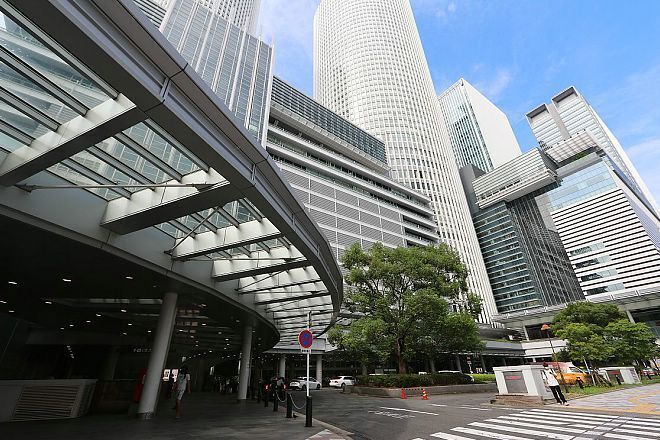Heading away from the city and into the countryside to experience rural Japan is something that is on the list of things to do for many visitors to Japan. Nagoya makes for a good entry point to explore the neighboring prefectures thanks to Nagoya Station which is a major transportation hub and Chubu Centrair International Airport.
Not far from Nagoya are the Kumano Kodo pilgrimage trails that are centered around the three main shrines of Kumano, Hayatama Taisha, Kumano Nachi Taisha and Kumano Hongu Taisha. These shrines together make up the Kumano Sanzan, and trails that lead to these places have been in use for over a thousand years by pilgrims to access the Kumano region. The pilgrimage trails have been designated UNESCO World Heritage Site, collectively known as the Sacred Sites and Pilgrimage Routes in the Kii Mountain Range, since 2004 together with the other sacred sites in the region.
The Higashi Kishu region in southeast Mie Prefecture is where the Iseji Route - one of the pilgrimage trails - connects the Ise Jingu to the Kumano region. There is an old saying that goes "Visit Ise seven times, three times to Kumano", implying the sanctity and importance of the Kumano Sanzan. As the trail between Ise and Kumano can be quite treacherous, it is believed that one could achieve enlightenment through the hardships of the pilgrimage.
Raring to explore the road less travelled, I went on a three-day two-night road trip starting at the international airport to the neighboring Mie Prefecture and visited hidden spots where few tourists go. There were lots of opportunities to experience the outdoors and absorb a millennia of heritage and culture. I also made sure to sample to local produce and delicacies.
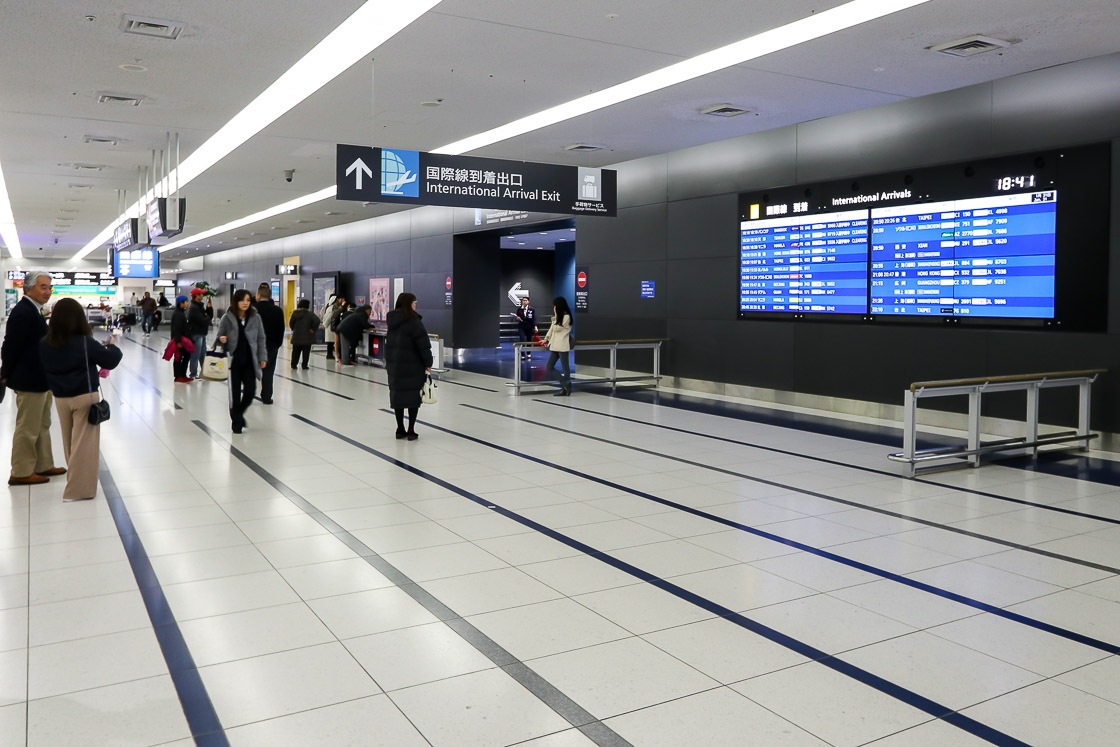
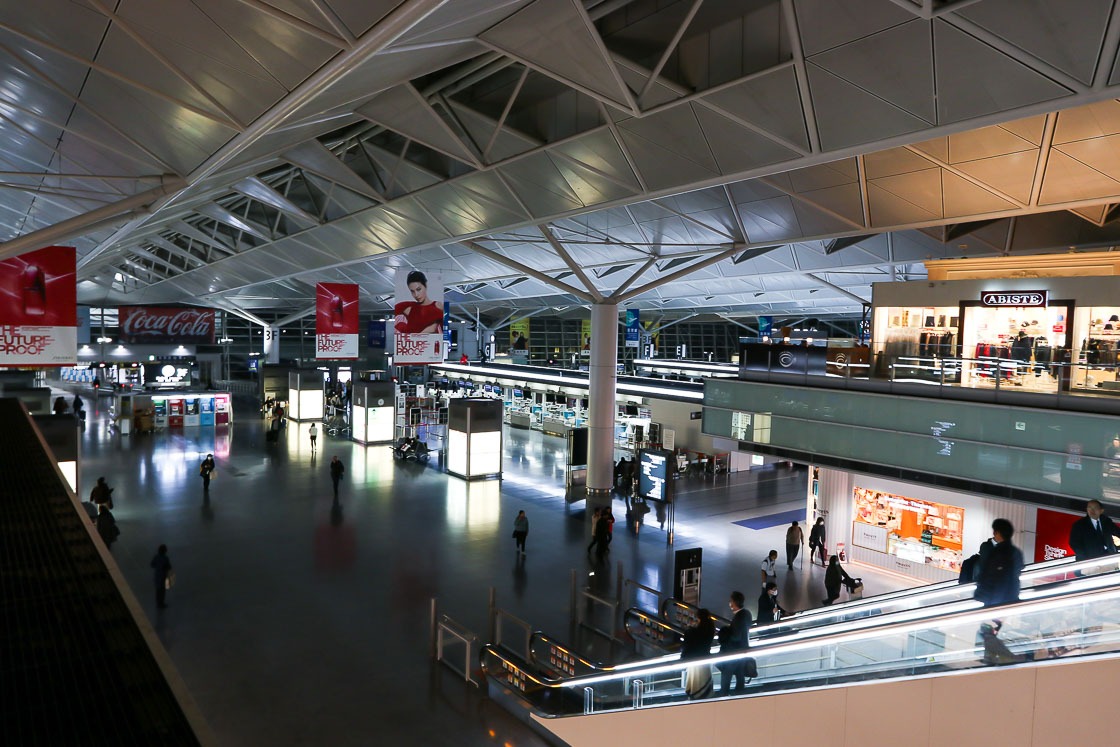
Here is a summary of my three-day itinerary. I pick up my rental car and started my road trip at Chubu Centrair International Airport and visited Atsuta Shrine in Nagoya before continuing on to Matsusaka and ending the day at Owase. The next day, I spent the first half of the day exploring Owase, walking the Magose Pass, and the second half taking in more rock formations along the coastline on the way to my accommodation at Iruka Onsen. Day three was relatively easy with light cycling followed by a traditional boat ride down the Kumano River, and finally driving back to Nagoya.
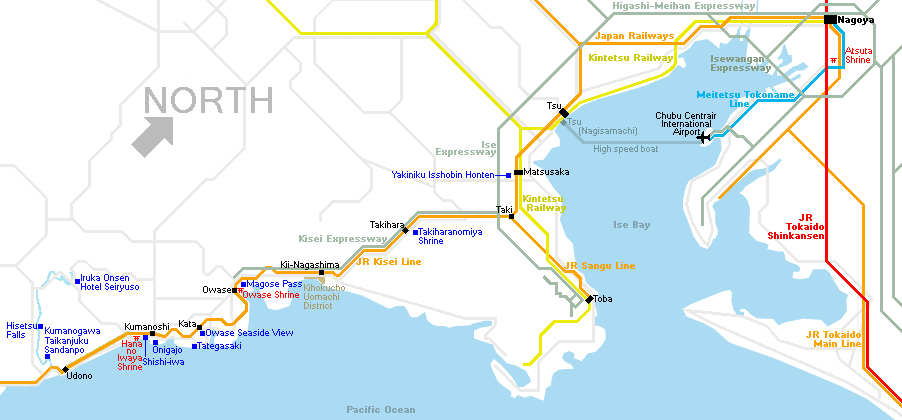
Day one
I picked up my rental car at the Chubu Centrair International Airport and kicked off my roadtrip. I reached my first destination, Atsuta Shrine, in less than one hour. The shrine is an important one in the Shinto religion and stores one of the three sacred imperial regalia, the Kusanagi sword. It has as its main deity Atsuta, the representation of the sun goddess in the form of the sacred sword, alongside five other gods closely linked to Atsuta which includes the Sun Goddess Amaterasu. The grounds of the shrine are surrounded by a lot of greenery with some thousand-year-old trees. A leisurely stroll through the grounds took me about an hour. It was a peaceful start to my day, and it left me refreshed and ready to take on the rest of the day.
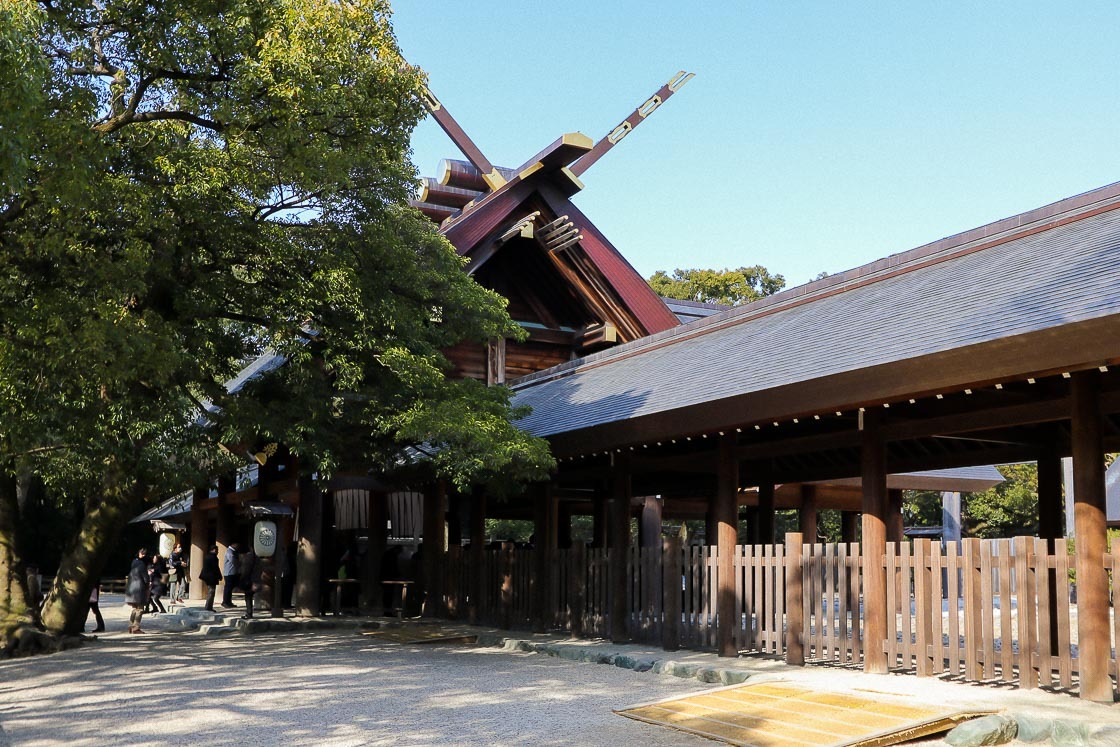
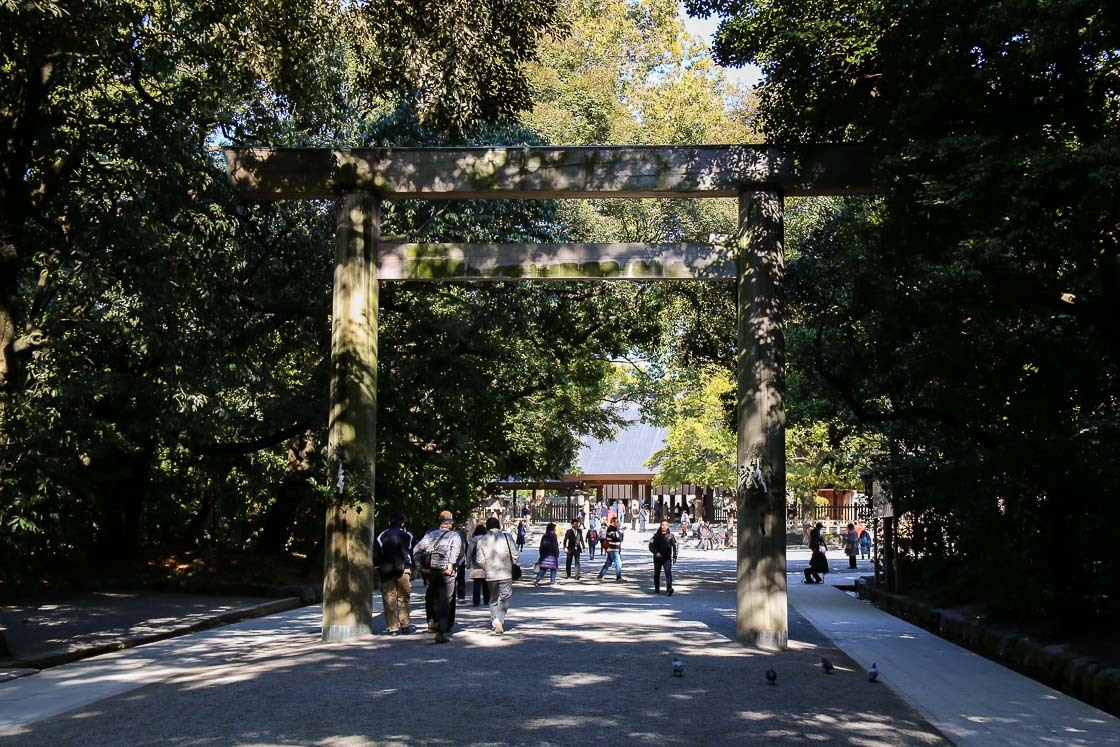
My next stop was lunch, and the drive to my lunch spot took about 1.5 hours. There, I took the opportunity to sample Matsusaka beef in Matsusaka, a local breed of Japanese beef (wagyu), which is consistently ranked top three in the national wagyu rankings. The place I picked, Yakiniku Isshobin Honten, was a chain yakiniku restaurant that serves up different cuts of both Matsusaka and regular beef. One of the features of the chain is that a whole cow is purchased and shared among the restaurants, ensuring that the prices can remain reasonable and competitive. That said, it was a great place to sample the local delicacy without breaking the bank as well as do a taste test between the two types of beef.
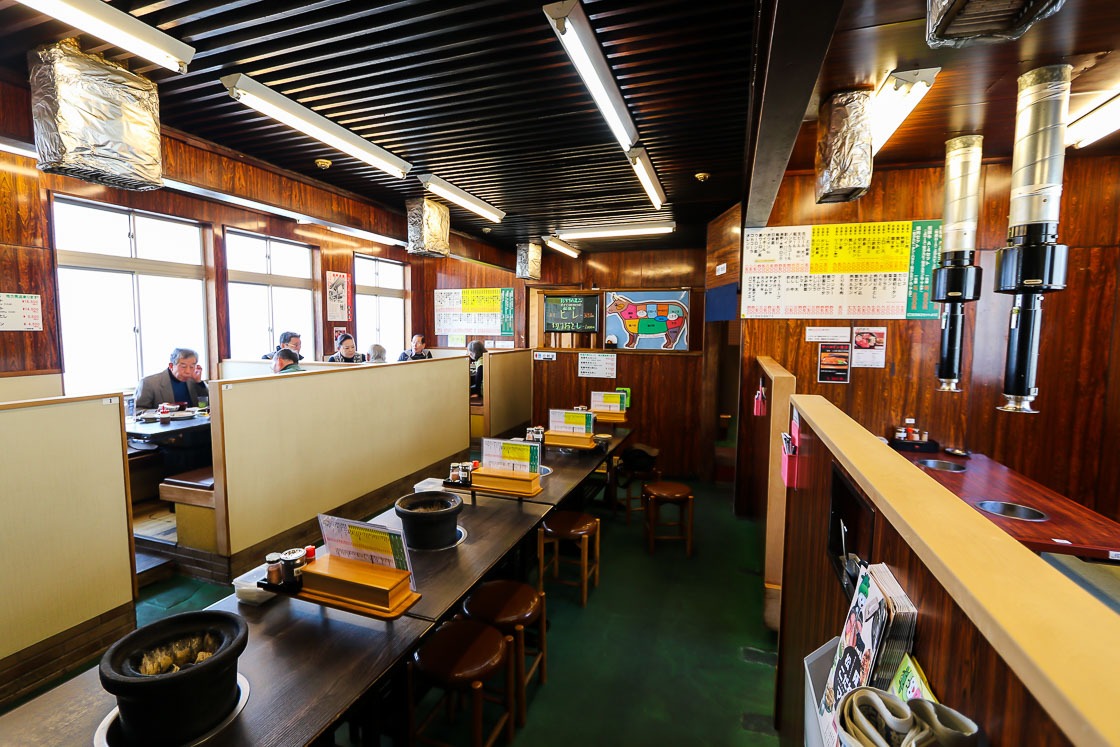
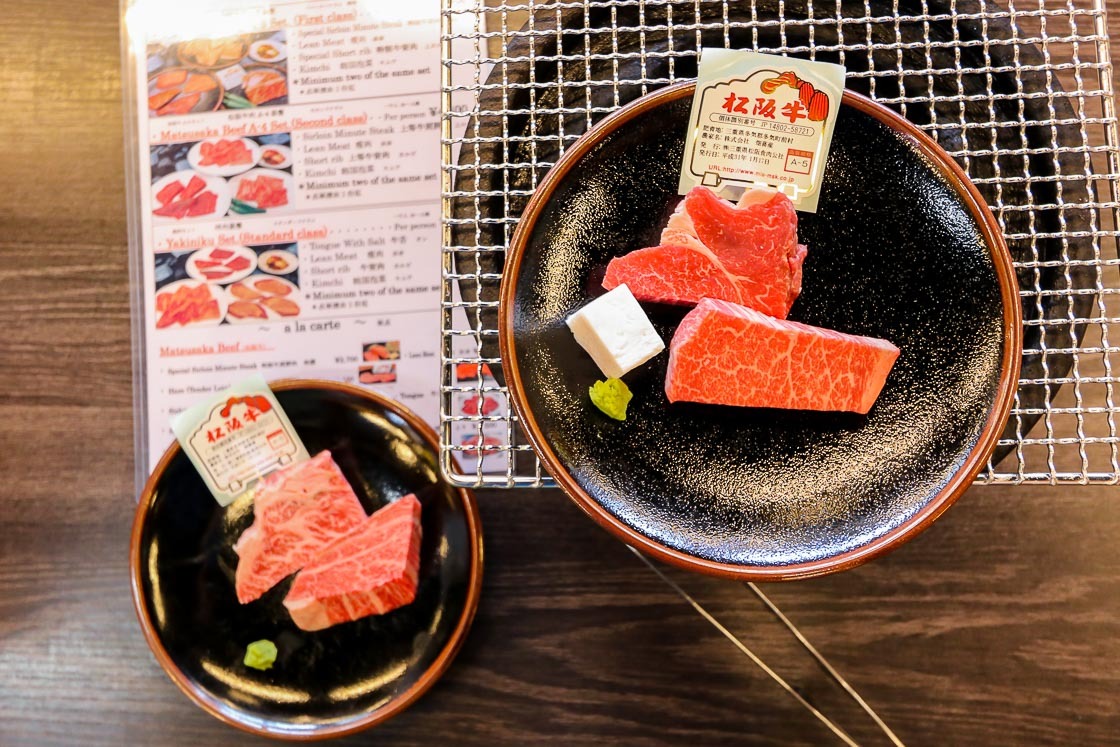
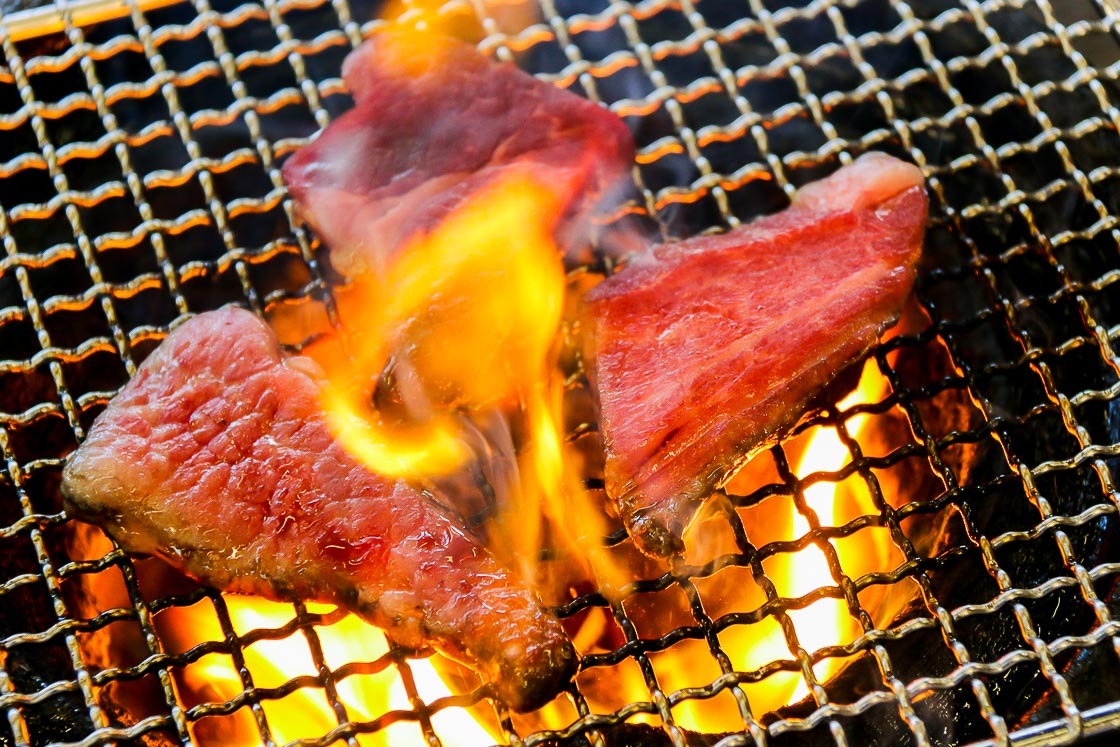
Moving on, I made my way to Takiharanomiya Shrine, an auxiliary shrine of the Ise Jingu. There are 125 shrines that make up Ise Jingu, and Takiharanomiya Shrine is one of 14 auxiliary shrines that are one rank down from the top two shrines. Those who have been to the Ise Jingu would find the architecture and design of the structures here very similar. Compared to the other 13 auxiliary shrines, Takiharanomiya Shrine has a 600 meter long main approach which is lined with lots of tall, imposing cedar trees that are over hundreds of years old. At the end stand four sanctuaries in the clearing with the two main ones dedicated to the Sun Goddess Amaterasu. The simple, quiet and peaceful place was easily one of my favorite spots on the first day.
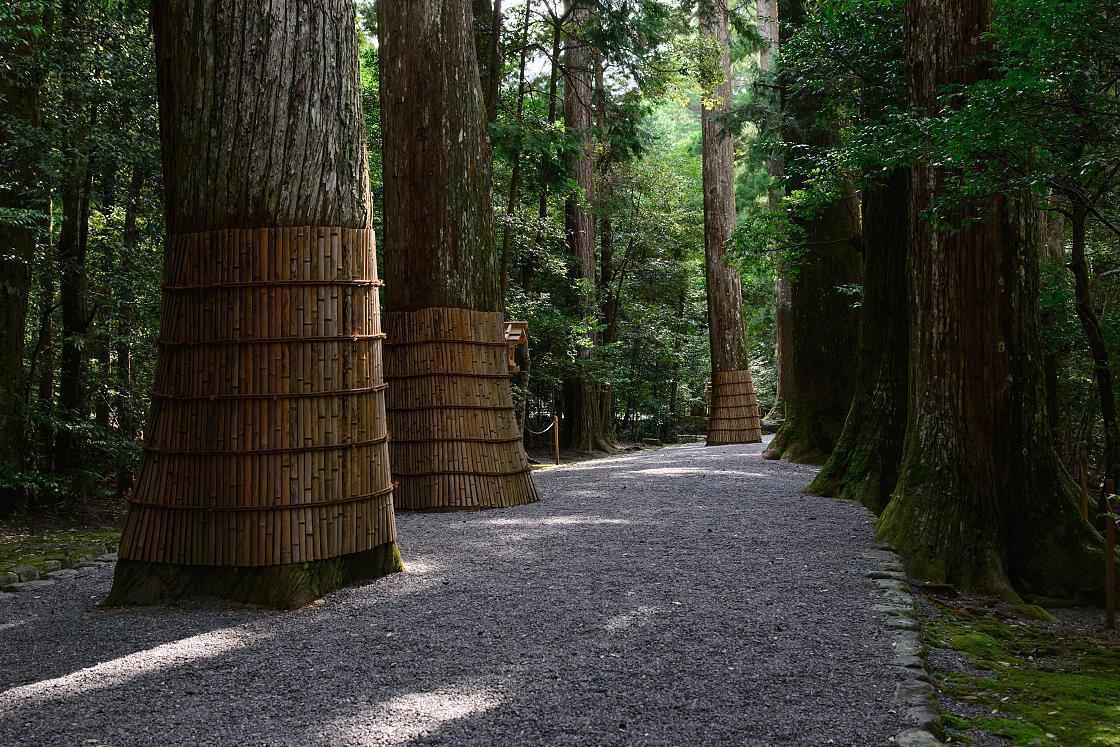
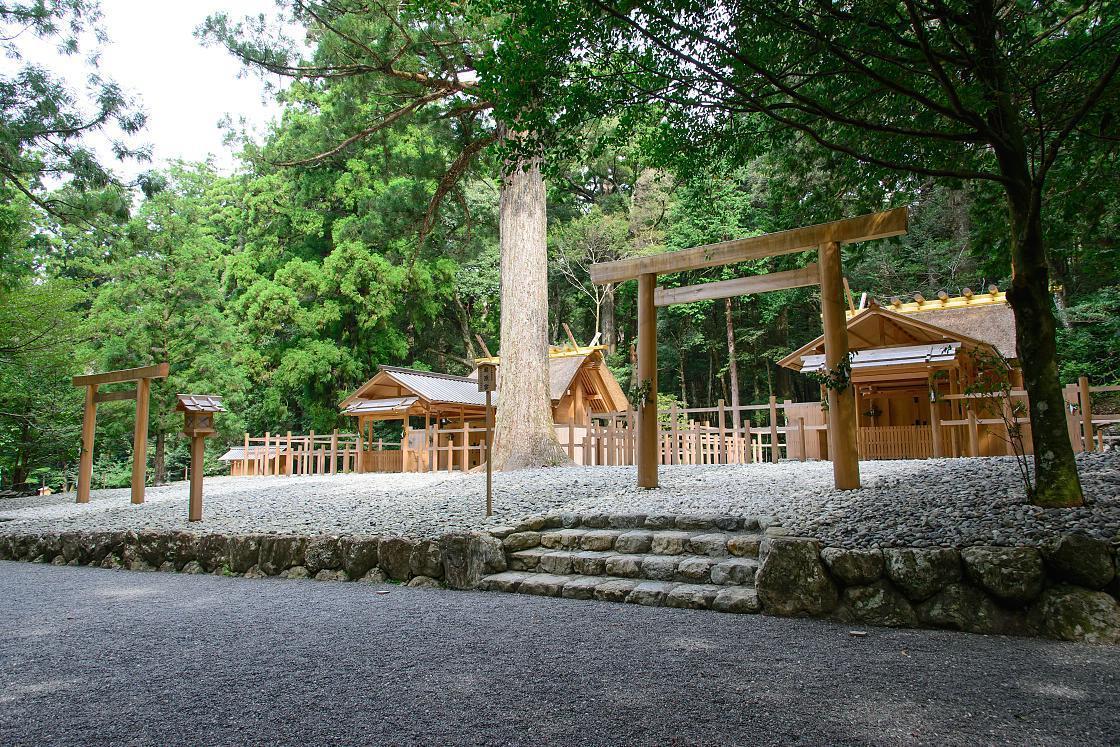
My last stop for the day was Uomachi in Kihokucho, a small fishing village along the coast, where I went for a walk. It seems that the shops lining the main street would hang their fish out to dry, but most things were closed when I was there. However, I still found it fun to stroll through the place, poking my head into alleyways, taking in the idyllic seaside vibes and enjoying the perfect afternoon.
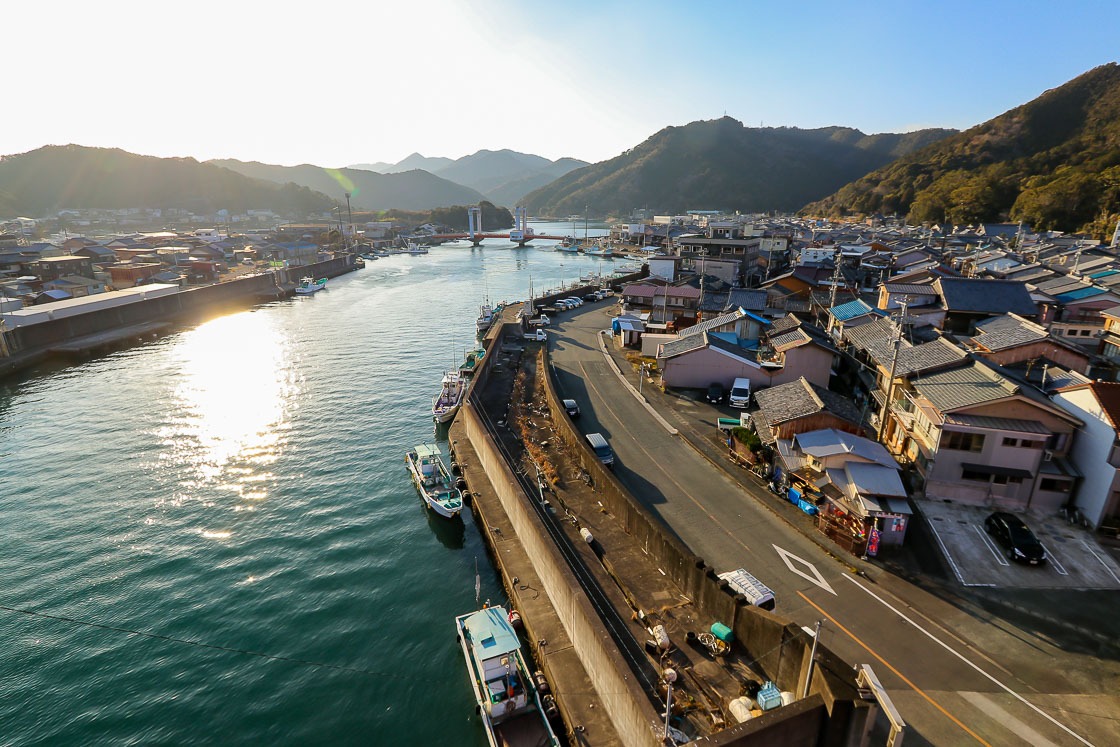
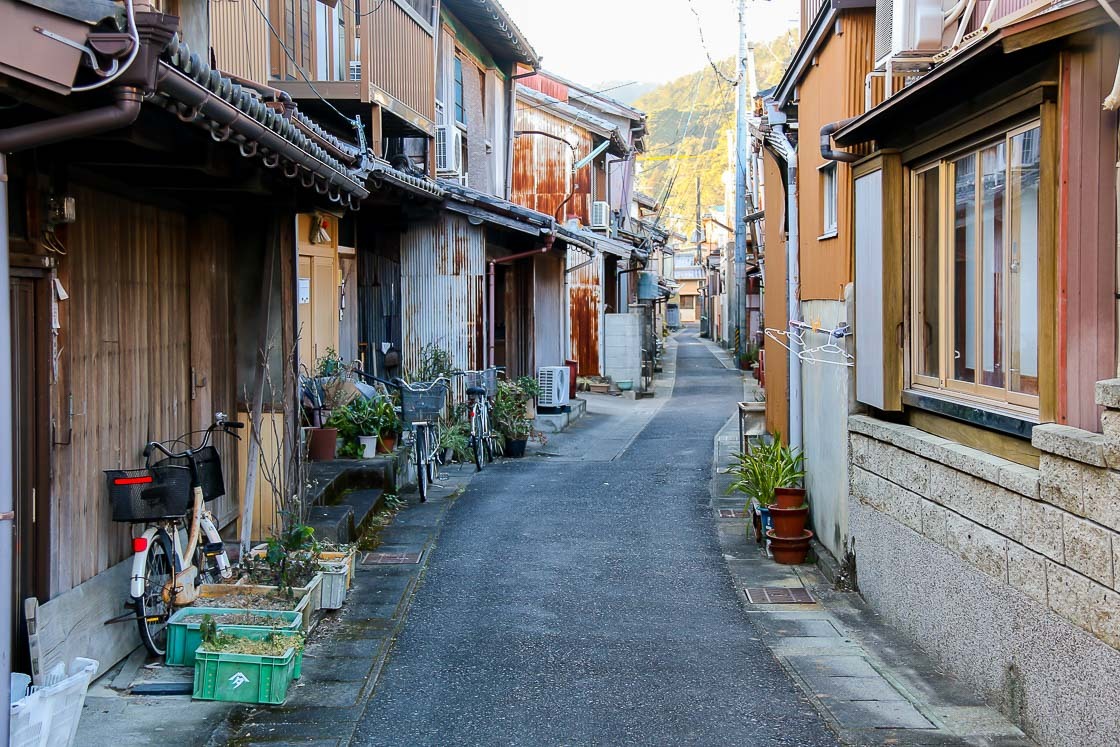
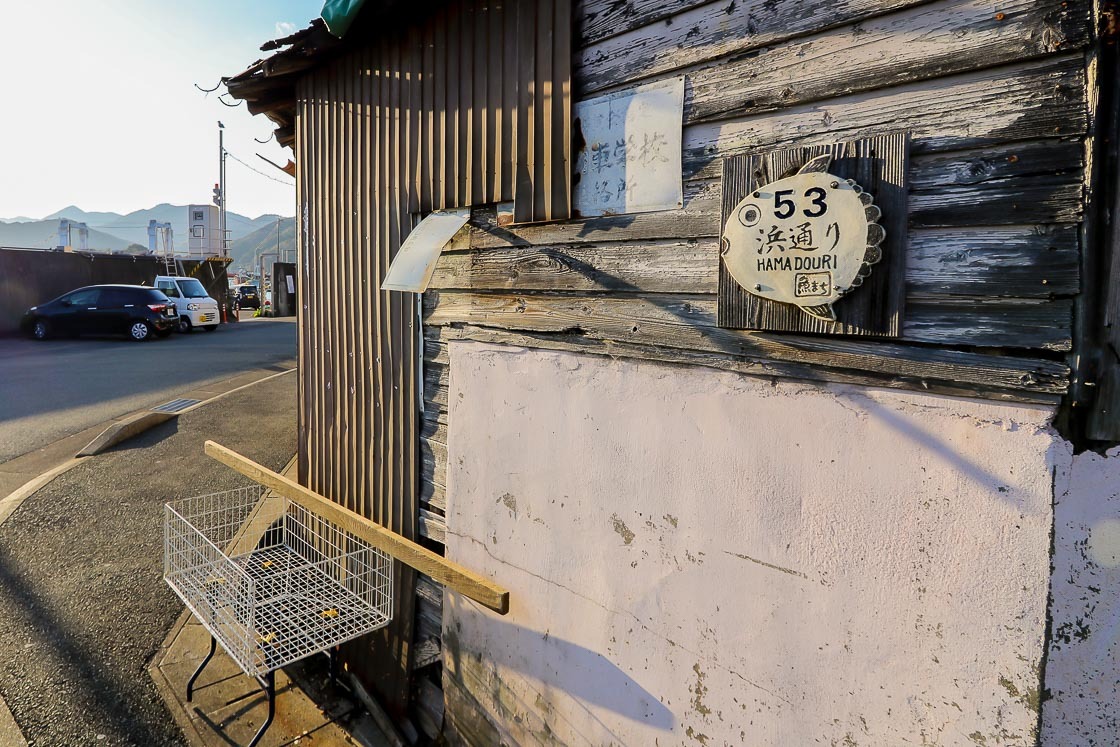
It took about an hour to drive to my accommodation for the night, Owase Seaside View Hotel, a small place known for its delicious seafood dishes. I arrived to catch the last bits of sunset and settled down for a beautiful seafood dinner in my room. There were no less than 15 kinds of seafood at dinner, and it felt like an extravagant dinner that should be reserved for special occasions.
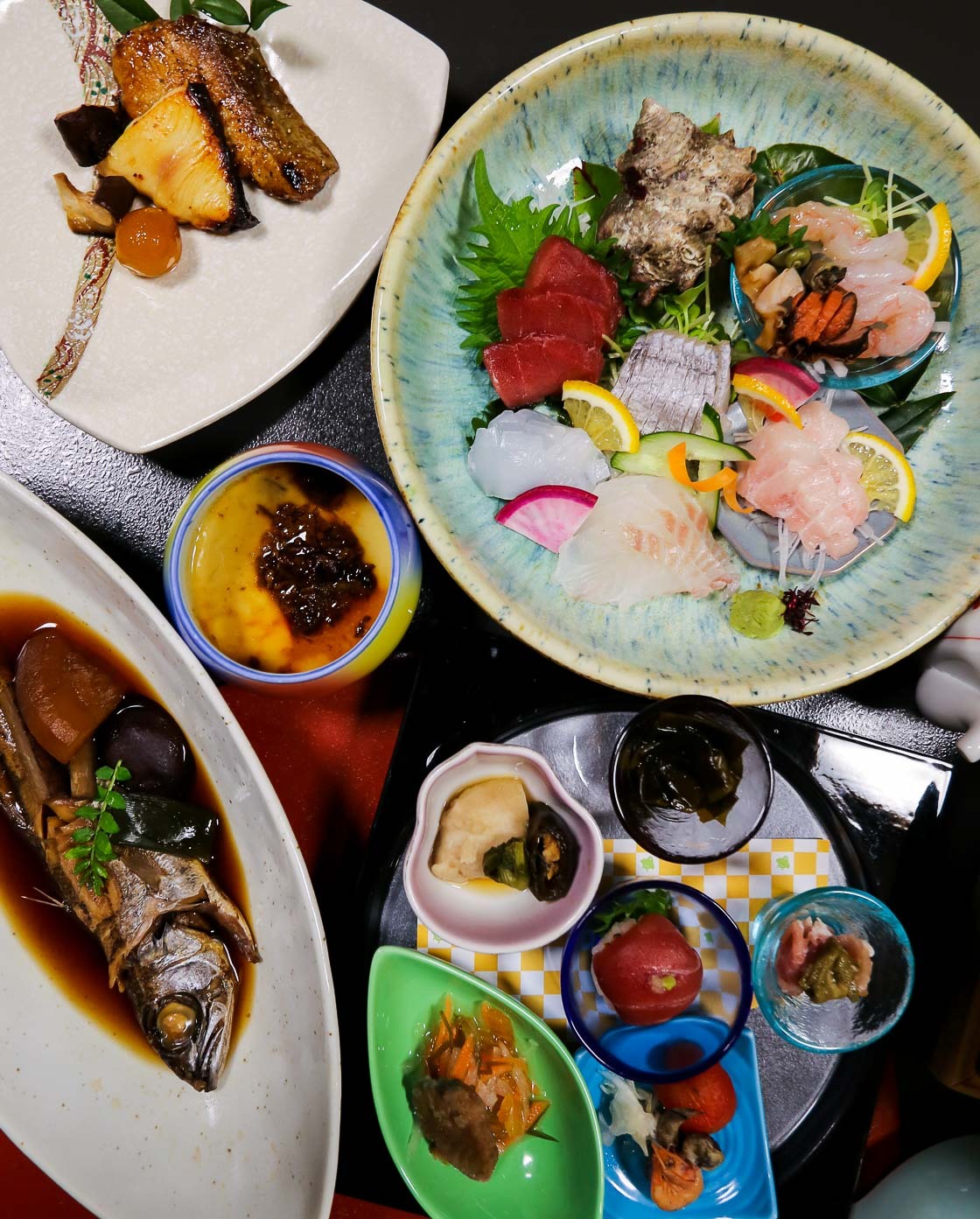
Day two
My room faced the sea, and it was such a treat watching the sun rise from the comfort of the room before heading out for breakfast. After breakfast, I visited Owase Shrine which is best known for its Yaya Festival, a lively weeklong festival that happens in the first week of February and involves almost the entire city. Unfortunately for me, I was there before the festival and missed the opportunity to experience it. From there, I headed up to the Magose Pass section on the Iseji Route. The stone paved trail is known as one of the most attractive sections of the route and easily accessible by public transportation. The distance between the Michi-no-eki Miyama roadside rest station and Owase Station is about five kilometers and takes about three hours to complete. Visitors looking for more excitement can consider taking a detour along the pass to the top of Mount Tengurasan, which was what I did. The view of Owase from the top was stunning, and I couldn't have asked for a better time.
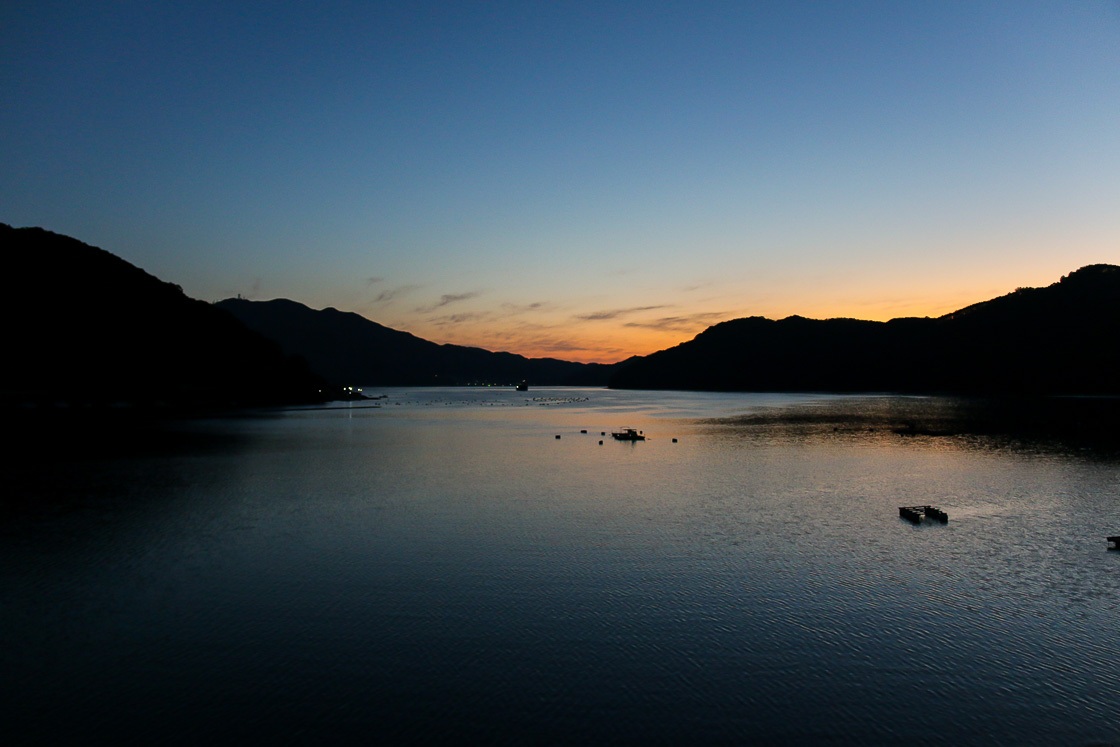
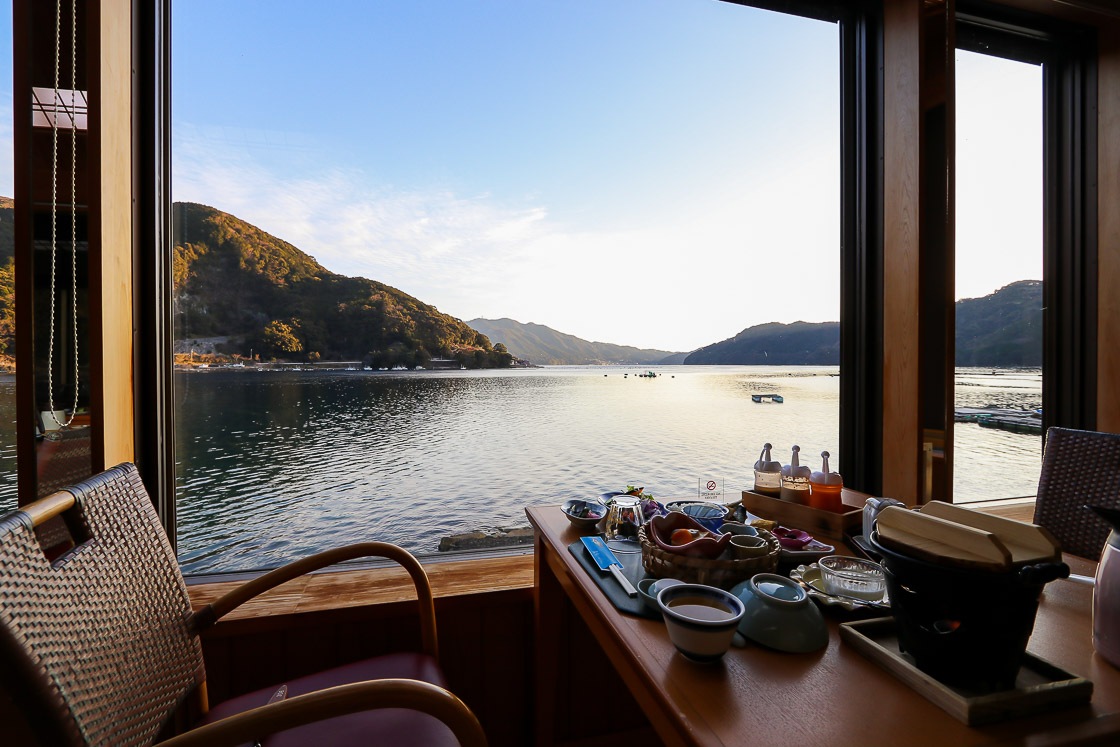
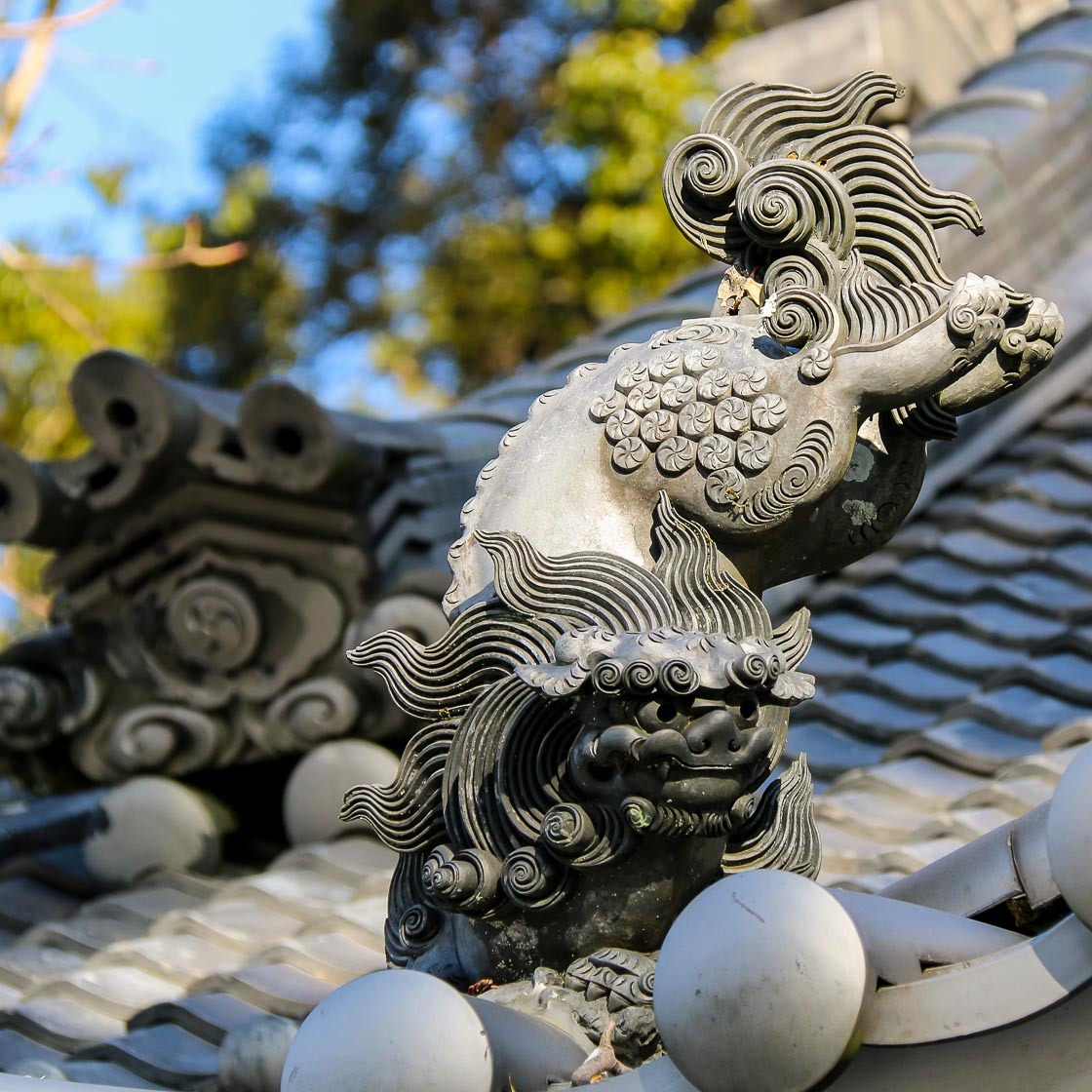
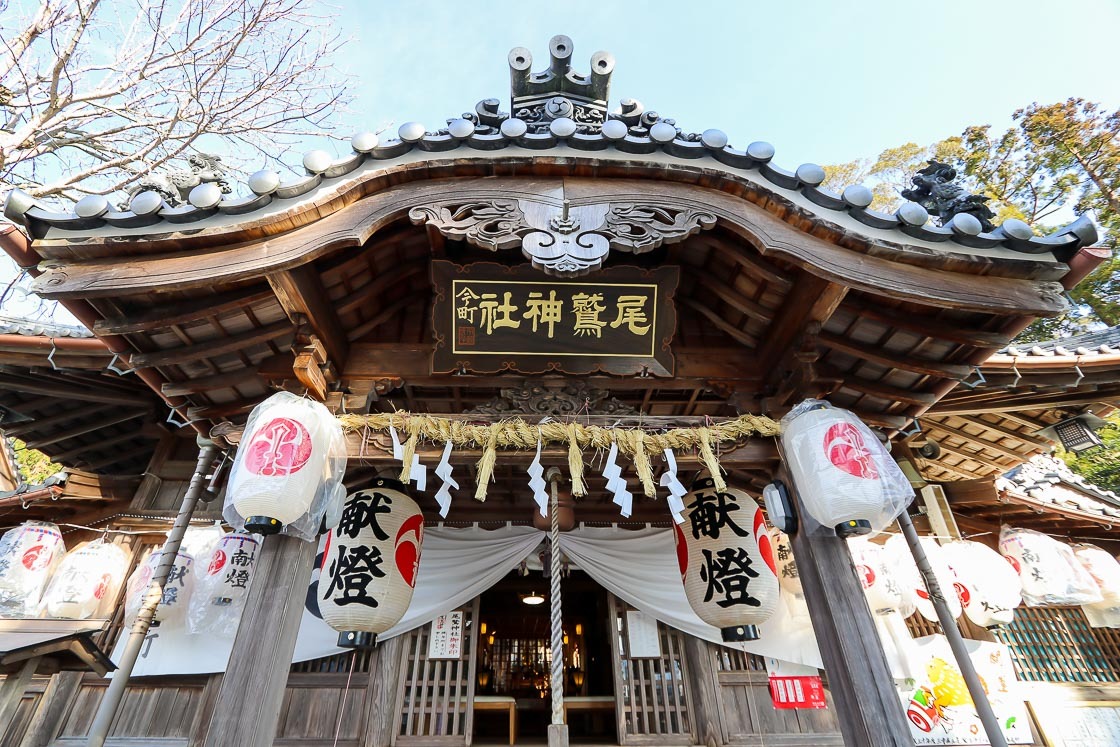
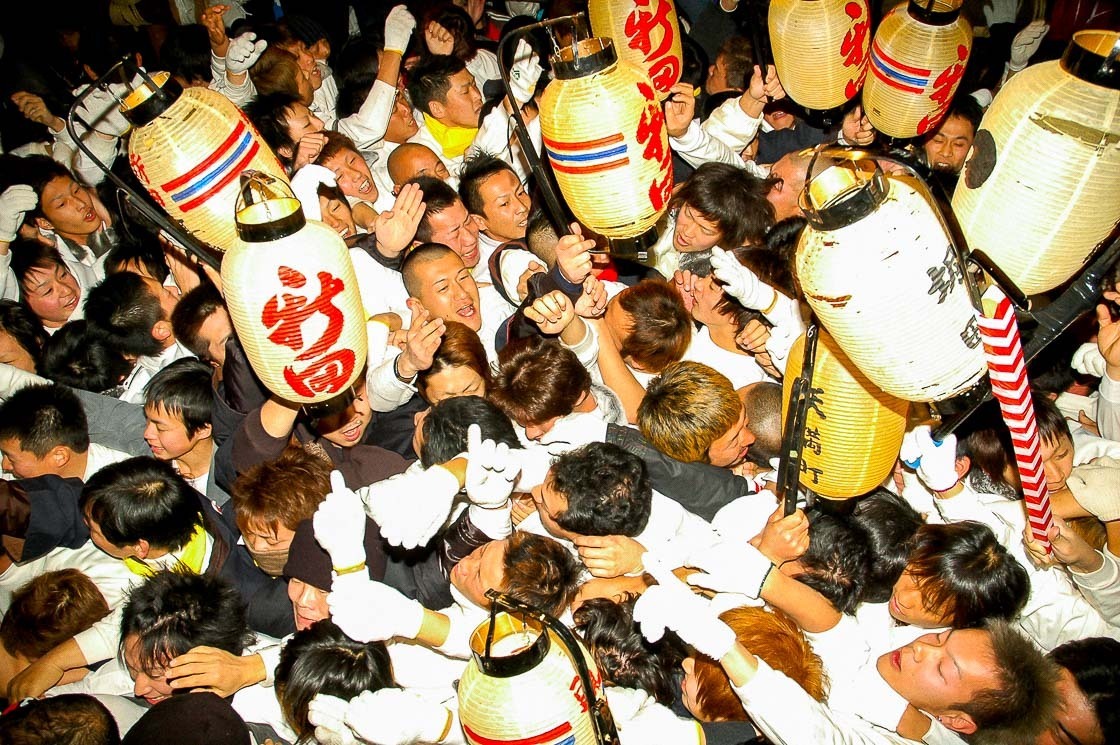
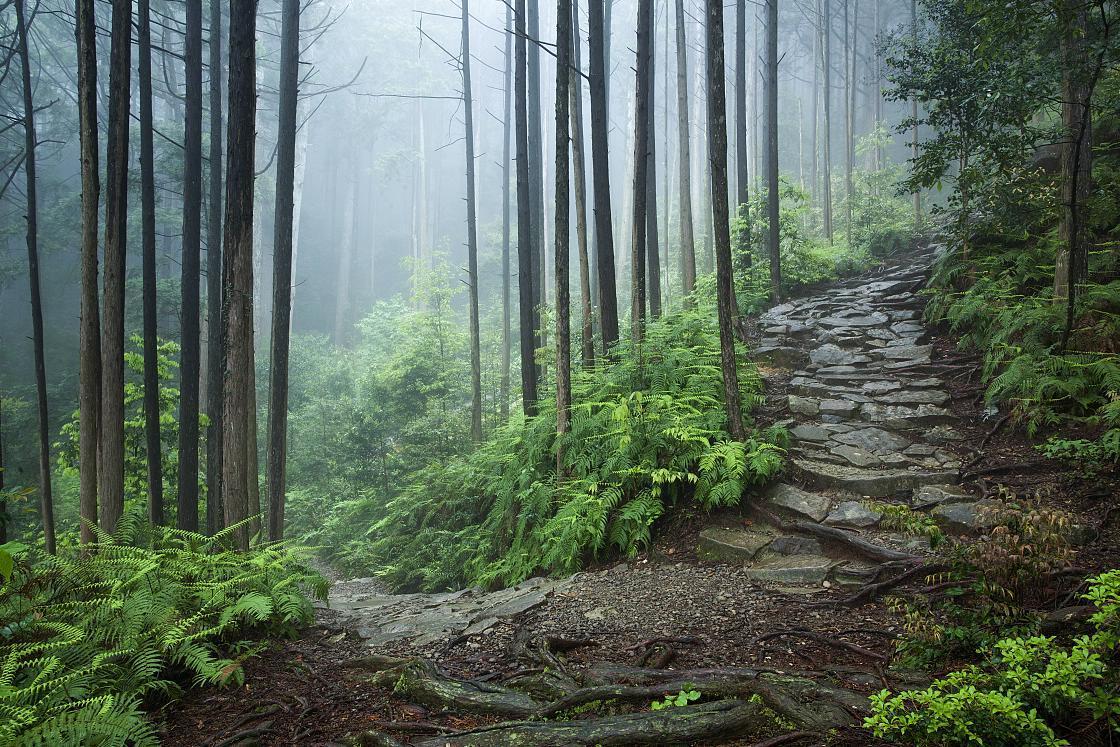
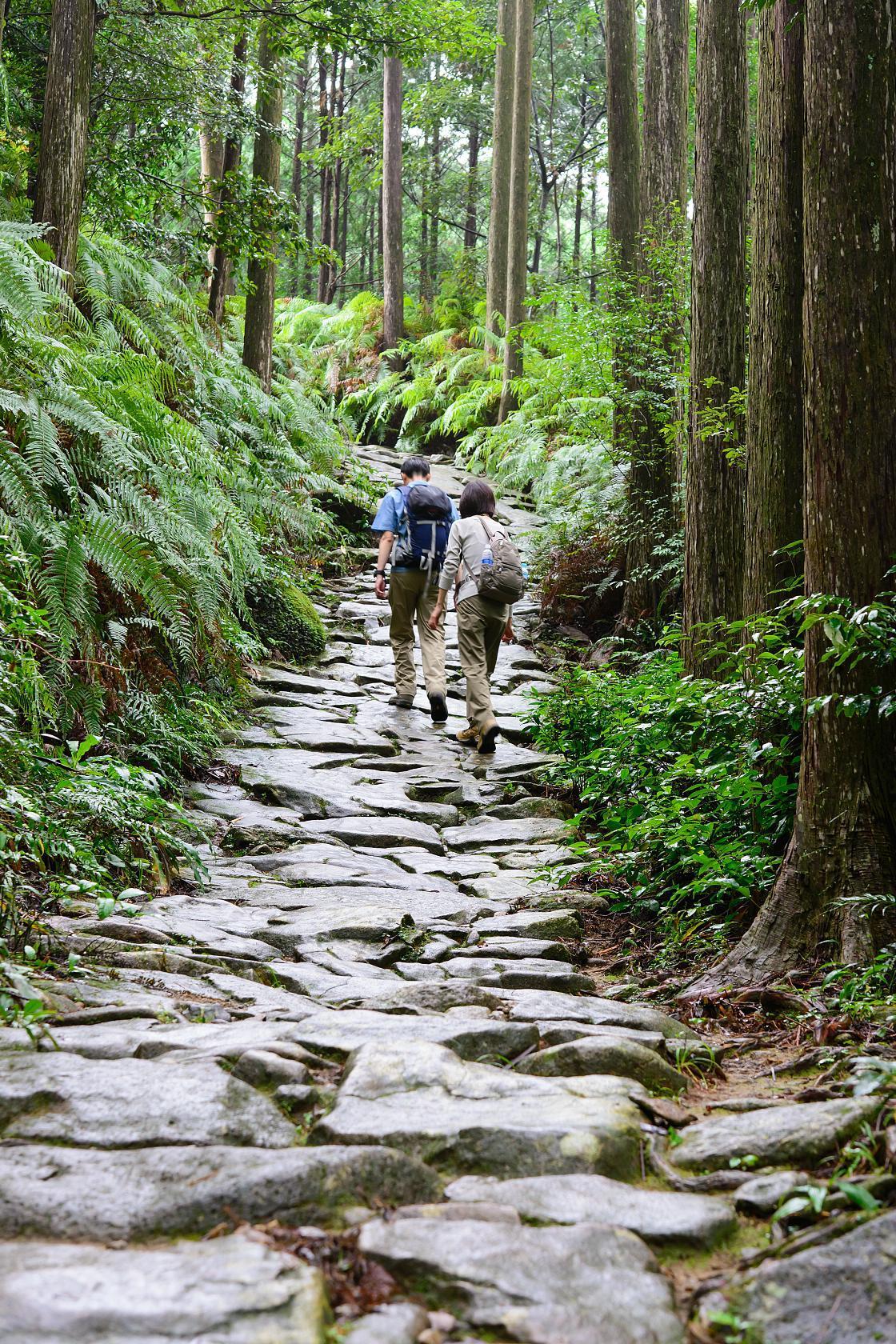
I had another short hike lined up after walking the Magose Pass, and this time it was along the coast to see some sea cliffs. The Tategasaki cliffs were still very impressive despite not being as famous as the ones at Tojinbo in Fukui or Sandanbeki in nearby Wakayama. The walking trails to Tategasaki are well marked, and it takes about 100 minutes for a round trip. What I enjoyed about my back to back hikes were that they allowed me to see both mountainous and coastal views, all within a relatively close distance from one another. Definitely having the best of both worlds here!
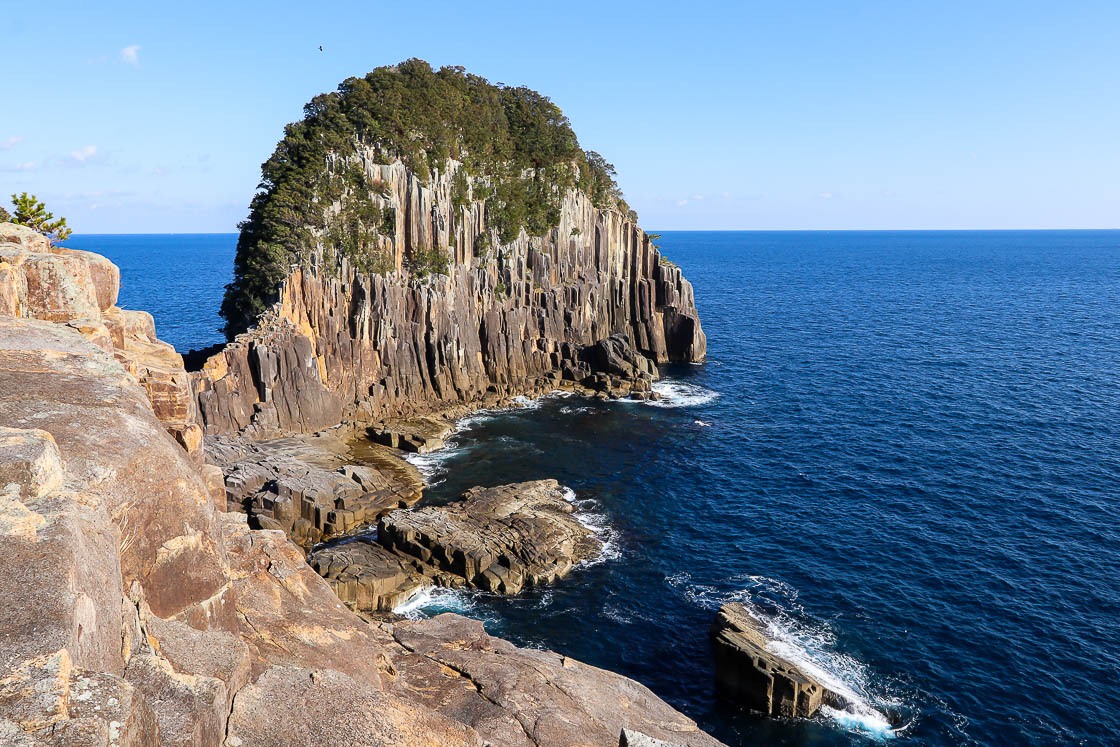
From there, I drove along the coast of Kumano City and stopped by some of the more popular geological formations like Onigajo, Shishiiwa (Lion Rock), and Hana no Iwaya Shrine, a shrine which has a massive rock as its main object of worship. It was a nice transition to be see sights in a coastal town after the two secluded hikes I did earlier. The impressive scenery along the way has probably remained the same since the days of old and what the pilgrims saw as they walked along the Iseji route. Hana no Iwaya Shrine has a relatively long history, and its presence was even recorded in the early annals of Japanese history.
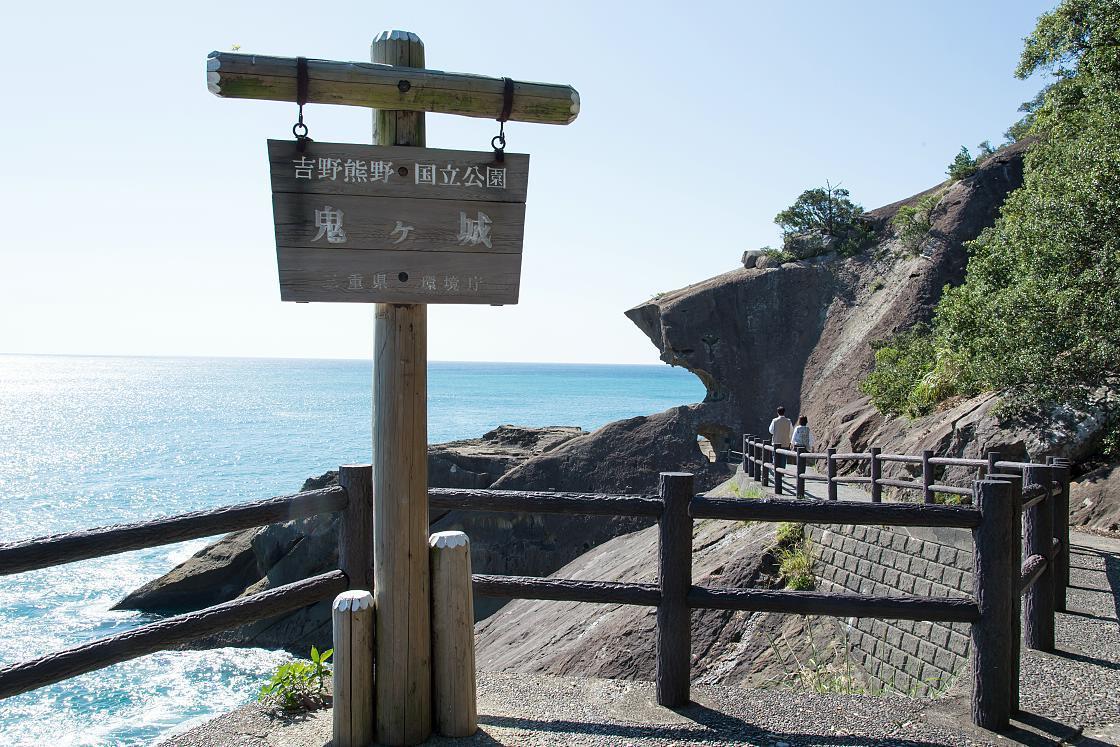
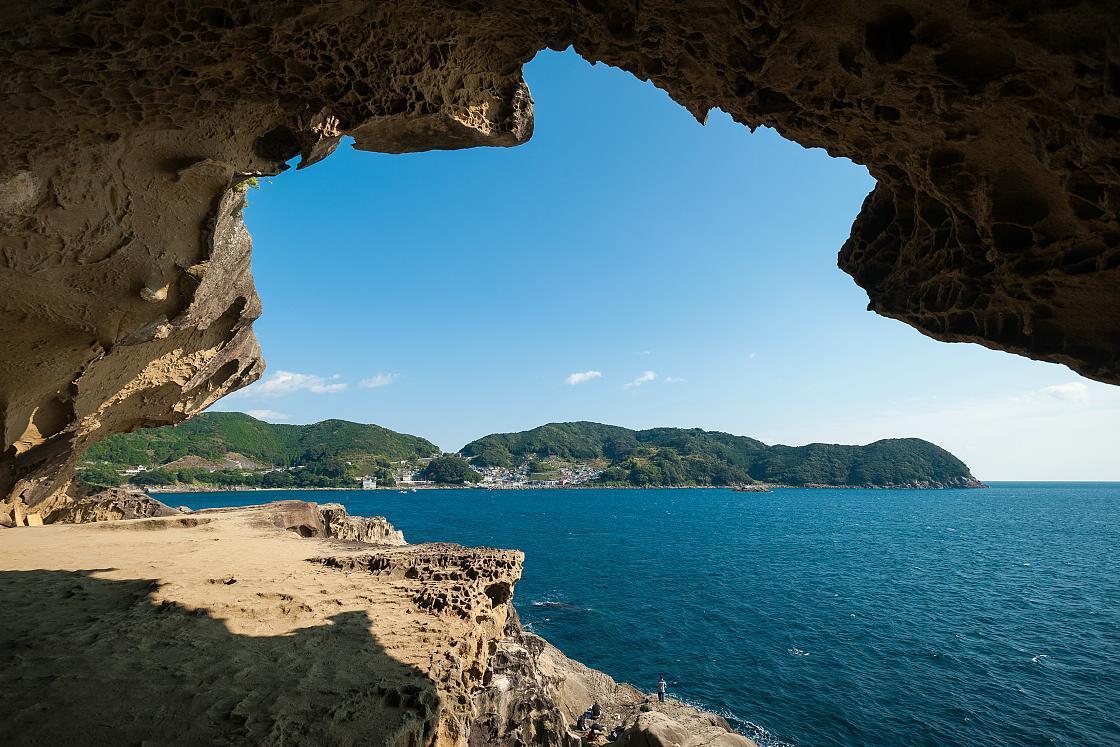
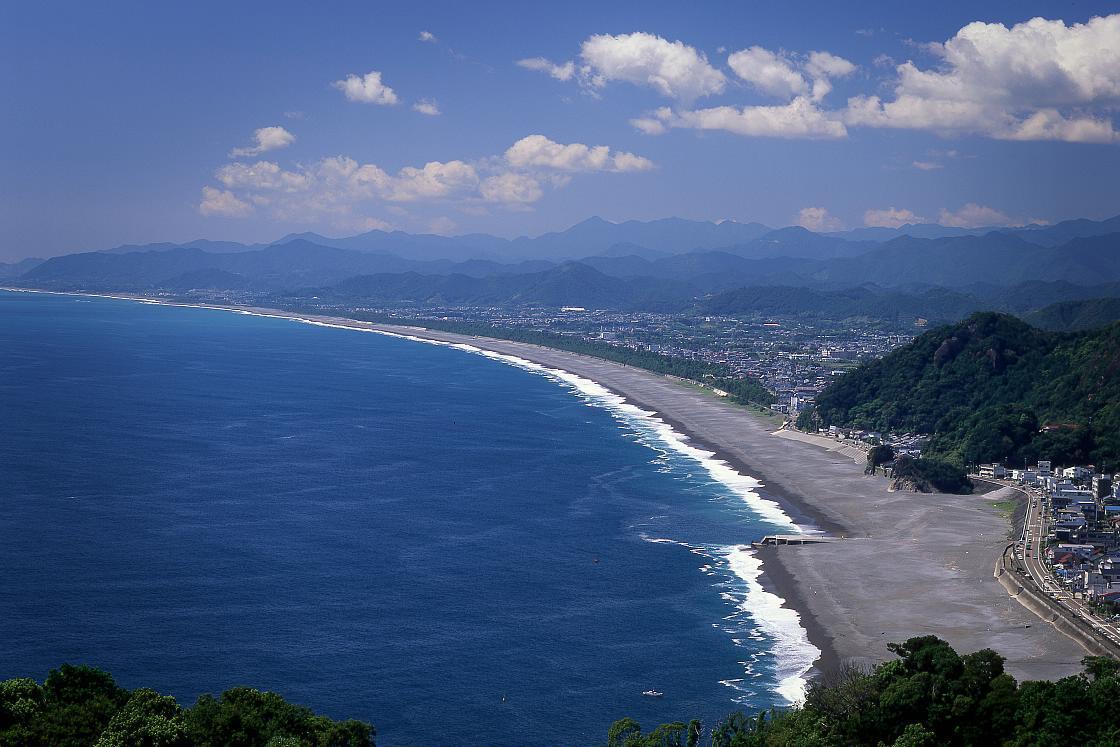
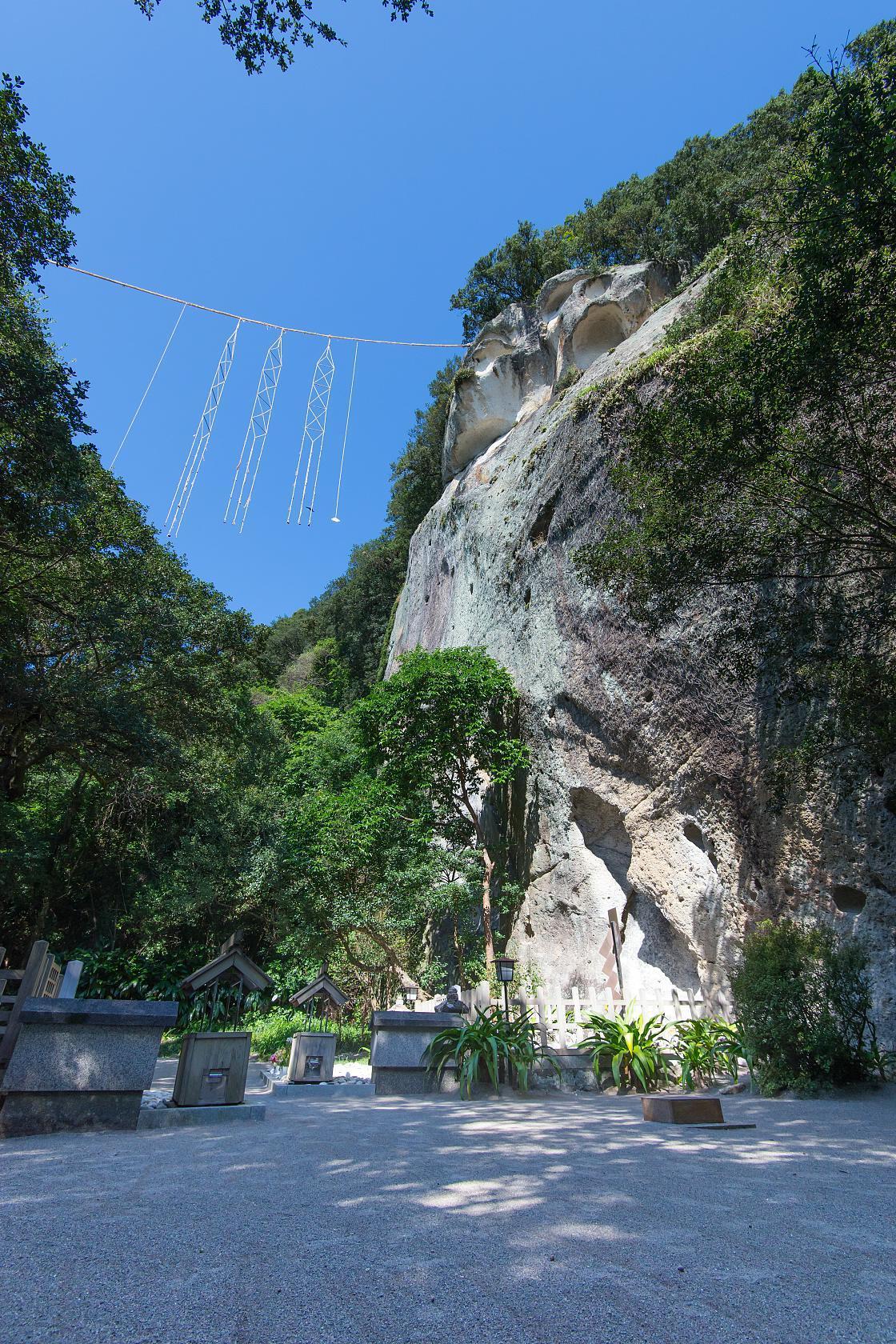
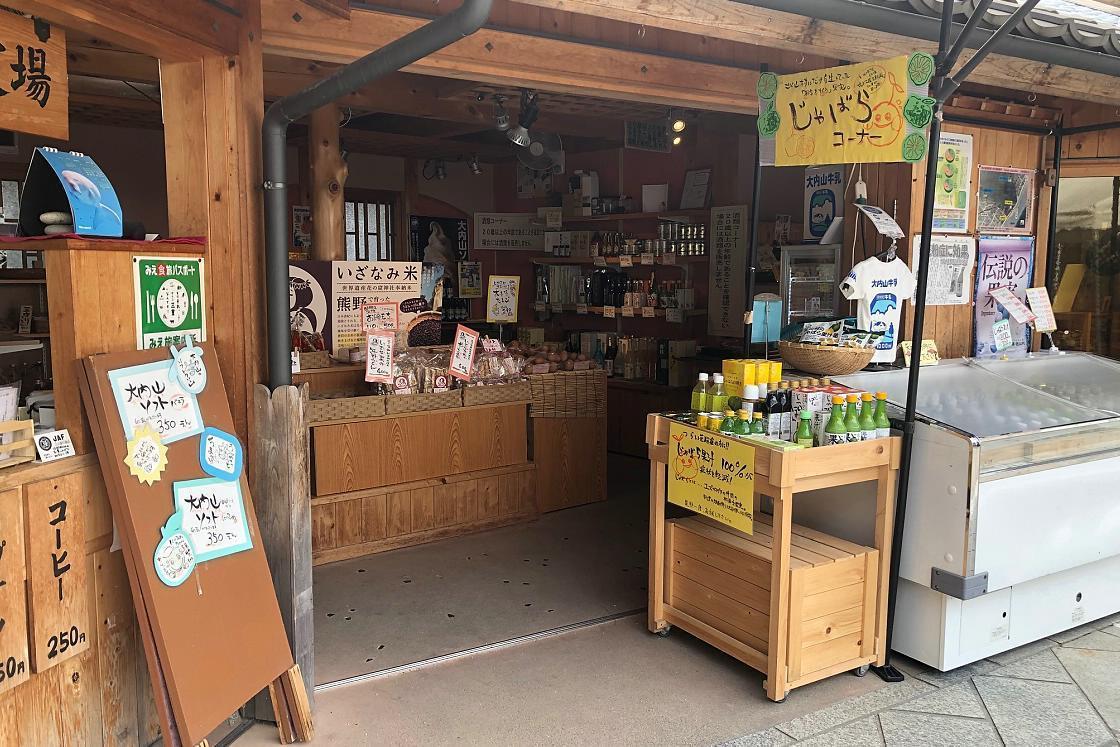
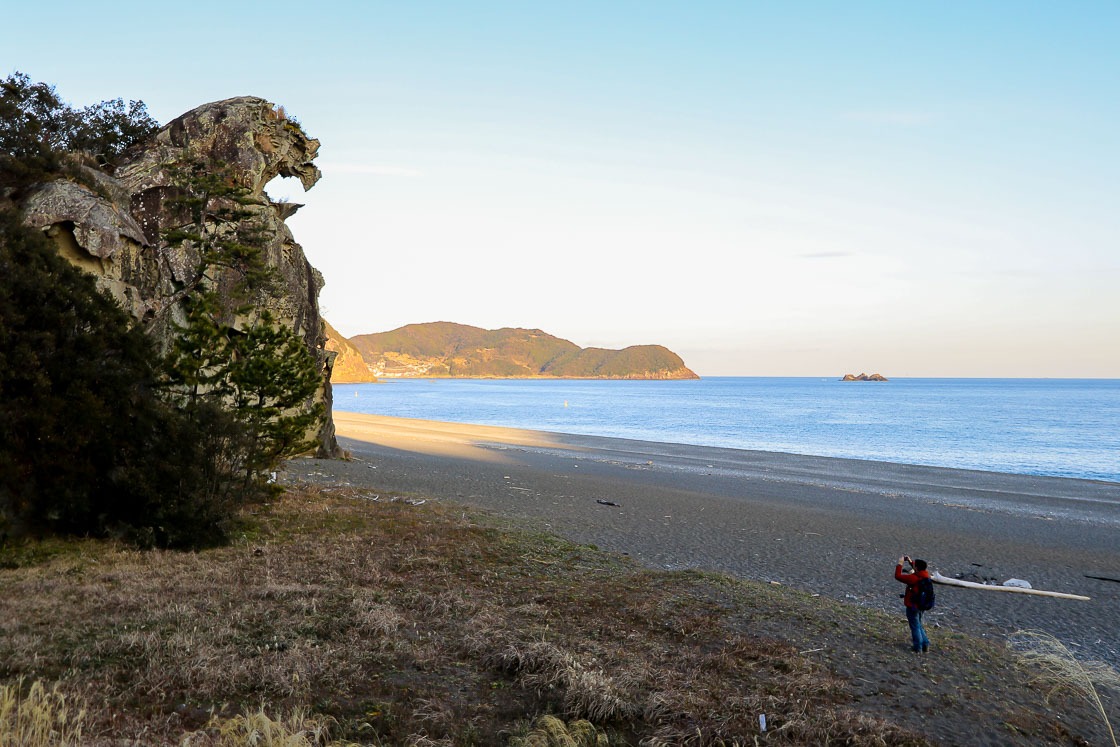
My accommodation for the night was Iruka Onsen Hotel Seiryuso, a hot spring facility in the mountains. The unfussy hotel has modern rooms with beds rather than futon, a restaurant and baths that are also open to the public. I definitely enjoyed the hot long bath at the end of my day of hiking and visiting geological sites.
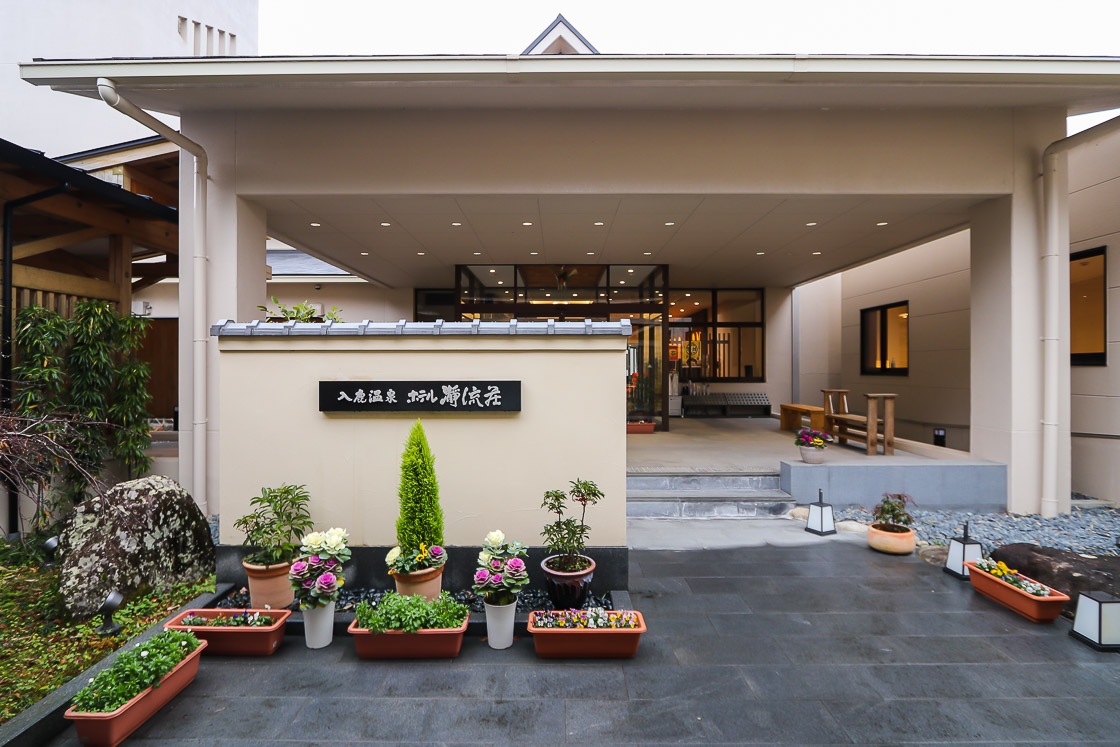
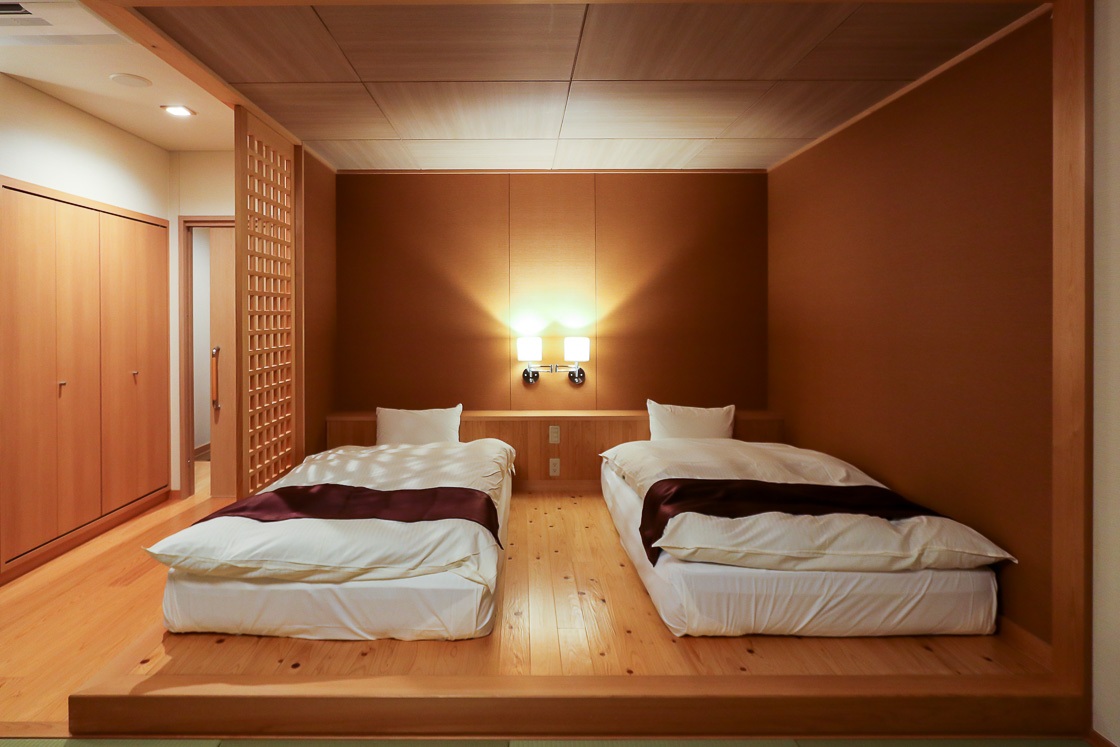
Day three
One of the draws of staying Hotel Seiryuso is its proximity - just one minute on foot - to the rail mountain bike and torokko train attraction. As I mentioned earlier, the hotel is located in the mountains, mining mountains to be exact, and the train tracks used to operate as a mountain subway. Miners and their families would use these trains to get to work and school, while the actual mining trains were located deeper underground. Today, it is a tourist attraction where visitors can ride bikes or take a torokko train a short distance on the rails through a series of tunnels from one hot spring facility to the next.
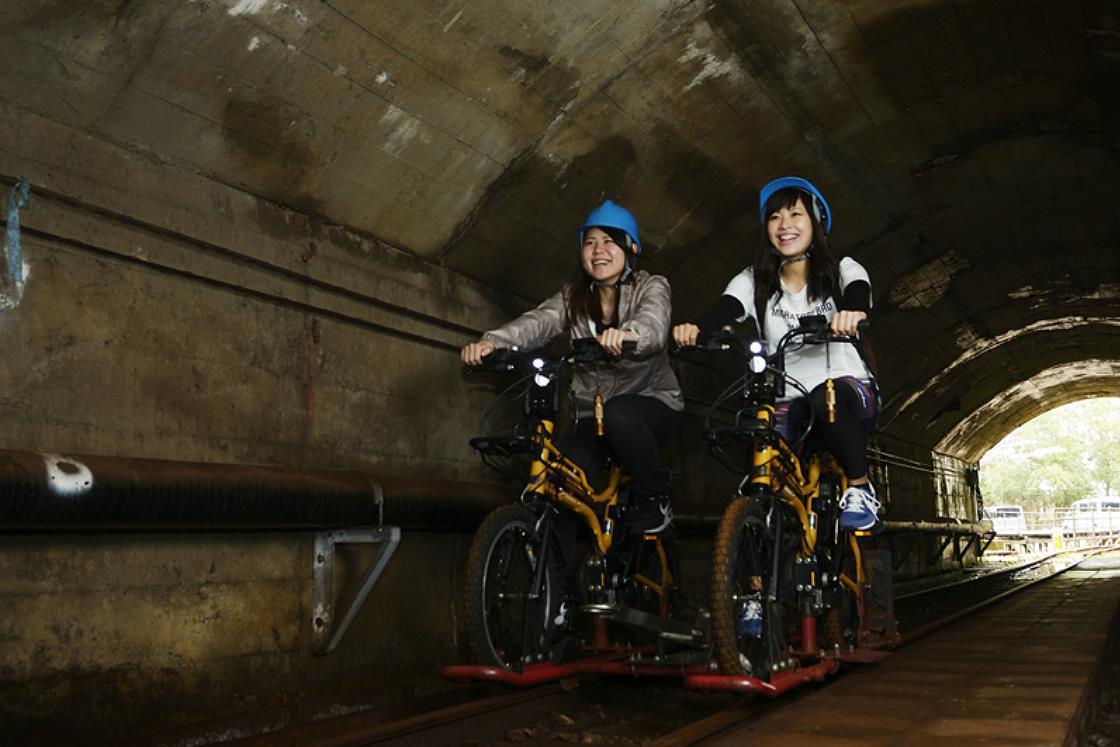
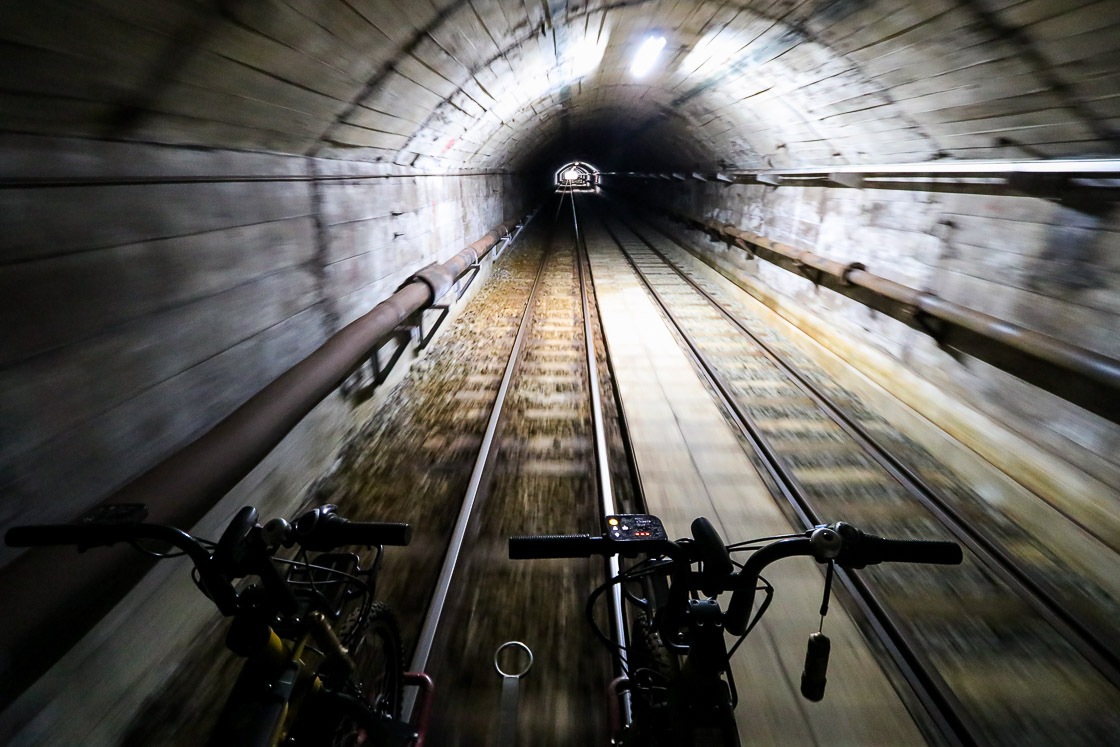
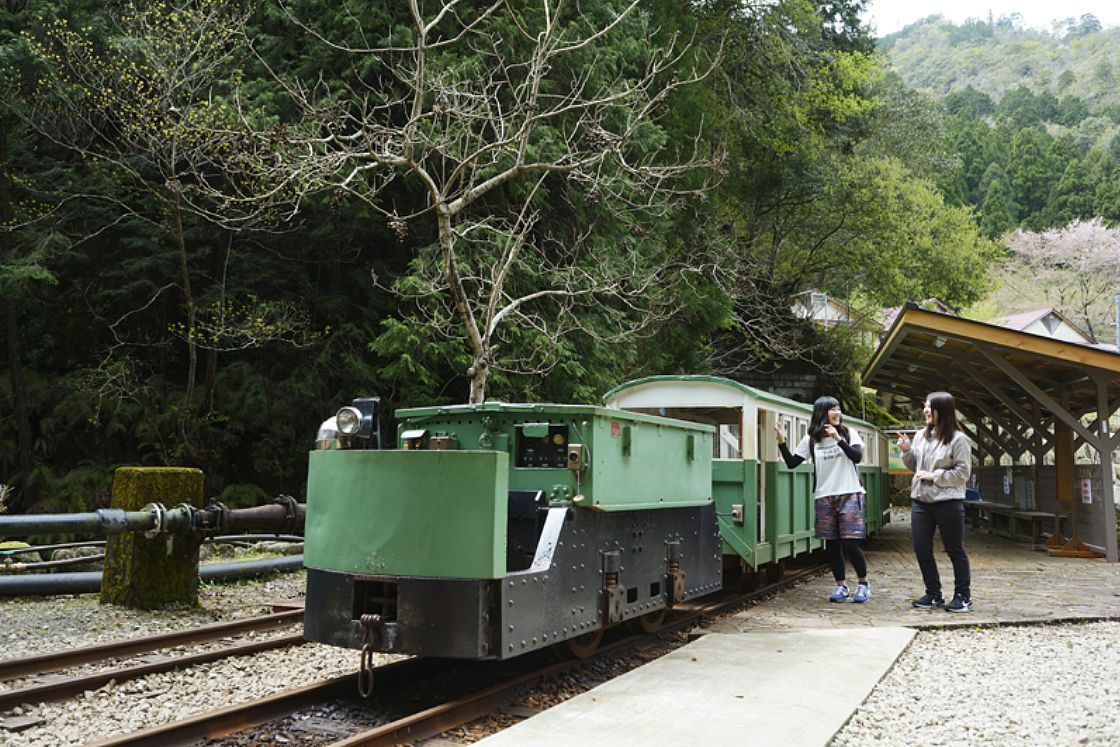
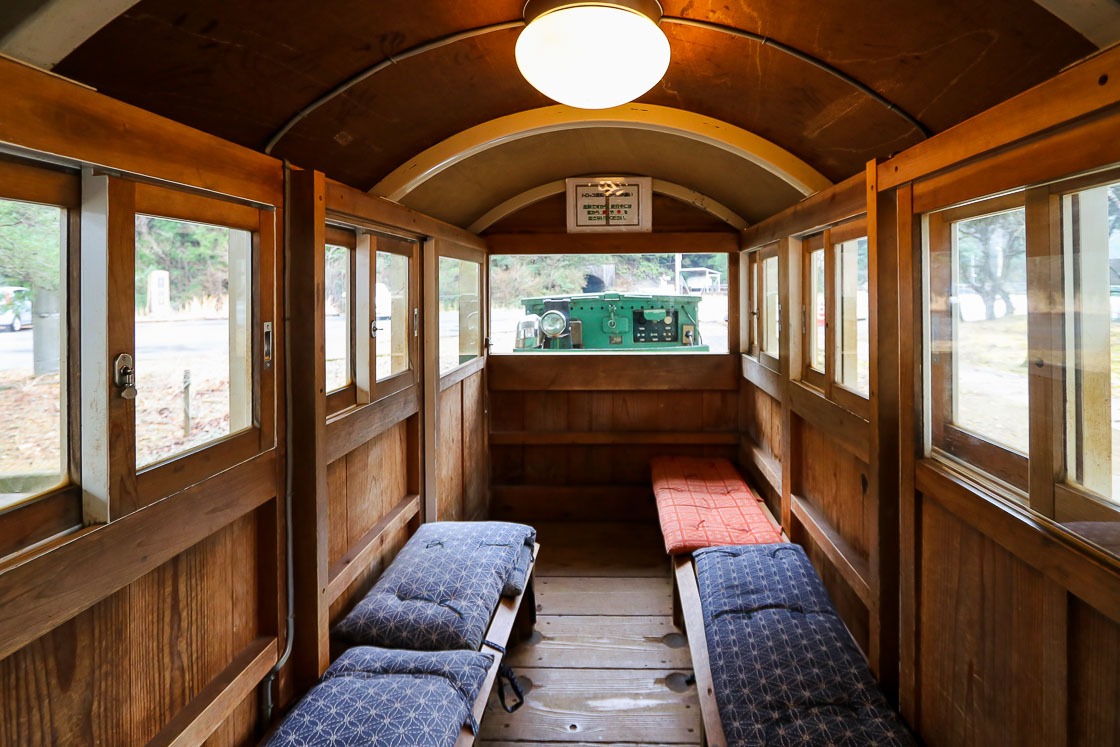
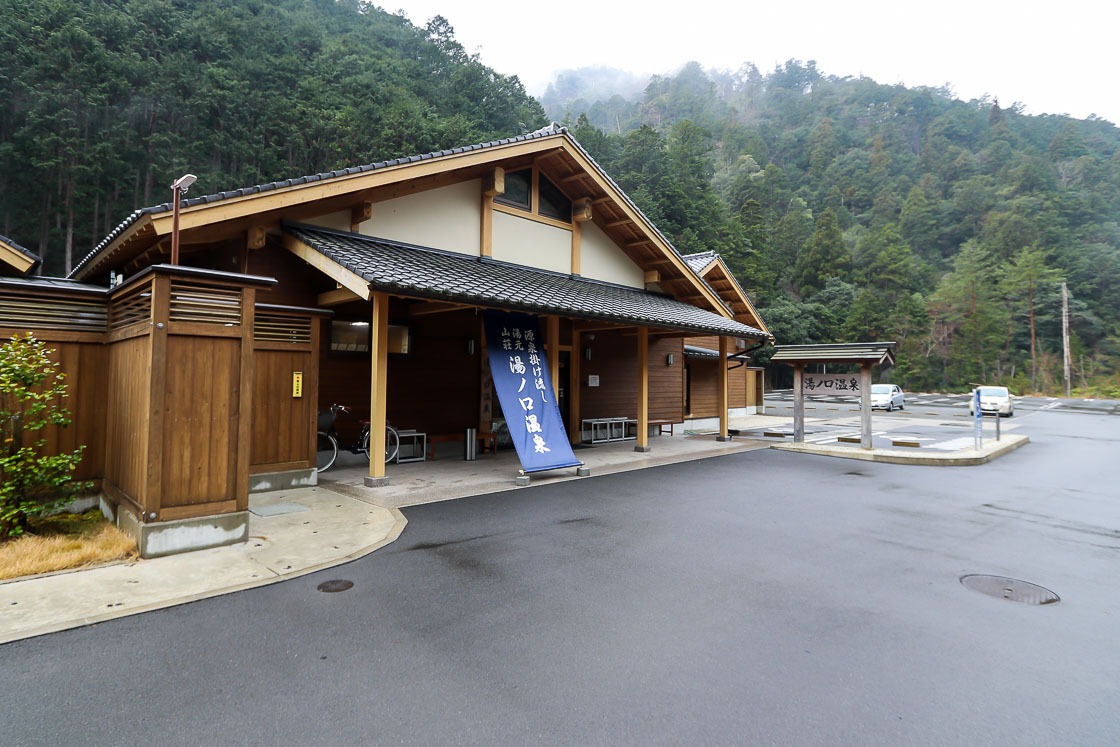
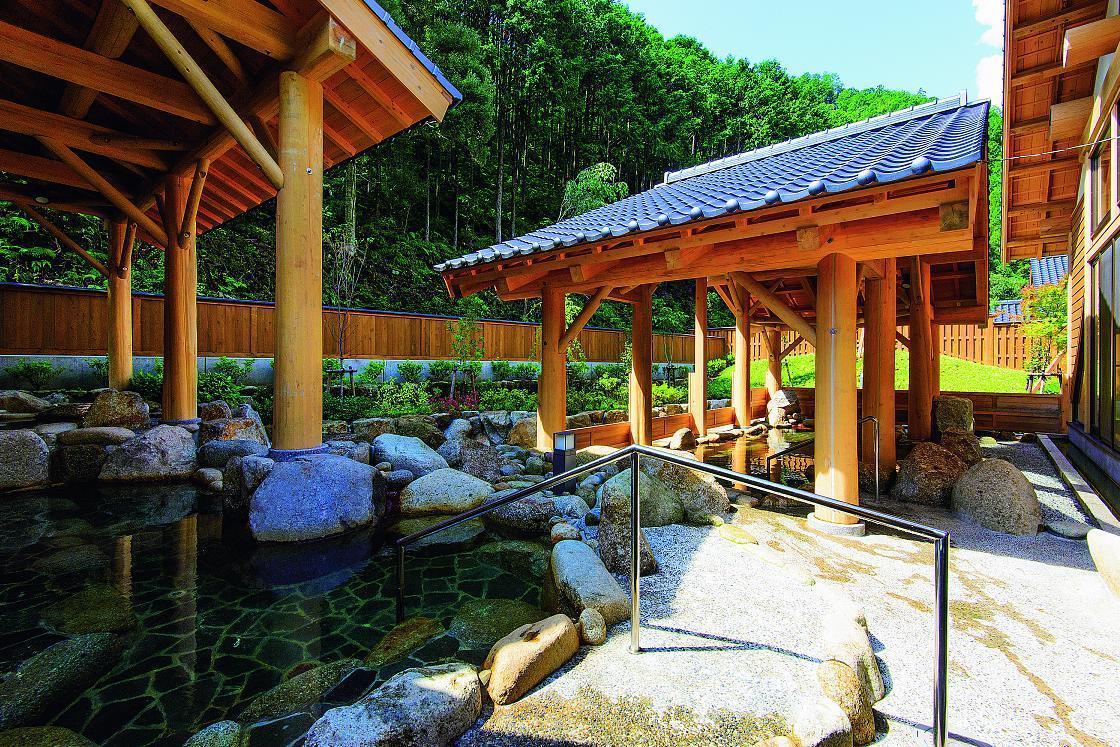
After a short cycle, I headed down to the Kumano River for a short cruise in a traditional wooden sail boat called a Sandanpo. I arrived at my starting point, the Kumanogawa Taikanjuku Sandanpo, operated by Tanigami-san who is also the only traditional wooden boat maker in the region. I was surprised to learn that two of the boats he made can be seen in the pond at Atsuta Shrine, the first place I visited on this trip.
After a brief introduction of the area and the river, it was time to get on the boat and sail down the river as royalty and aristocrats did years ago. From the start point, we followed the meandering river down past Mifune Island which plays an important role in the boat race during the Mifune festival, where the traditional wooden boats would race from the shore to the island, circle it three times before heading back to shore again. The boat ride continues past Hayatama Shrine, one of the three important Kumano shrines, and carries on to just beyond the Shingu Castle ruins before turning back.
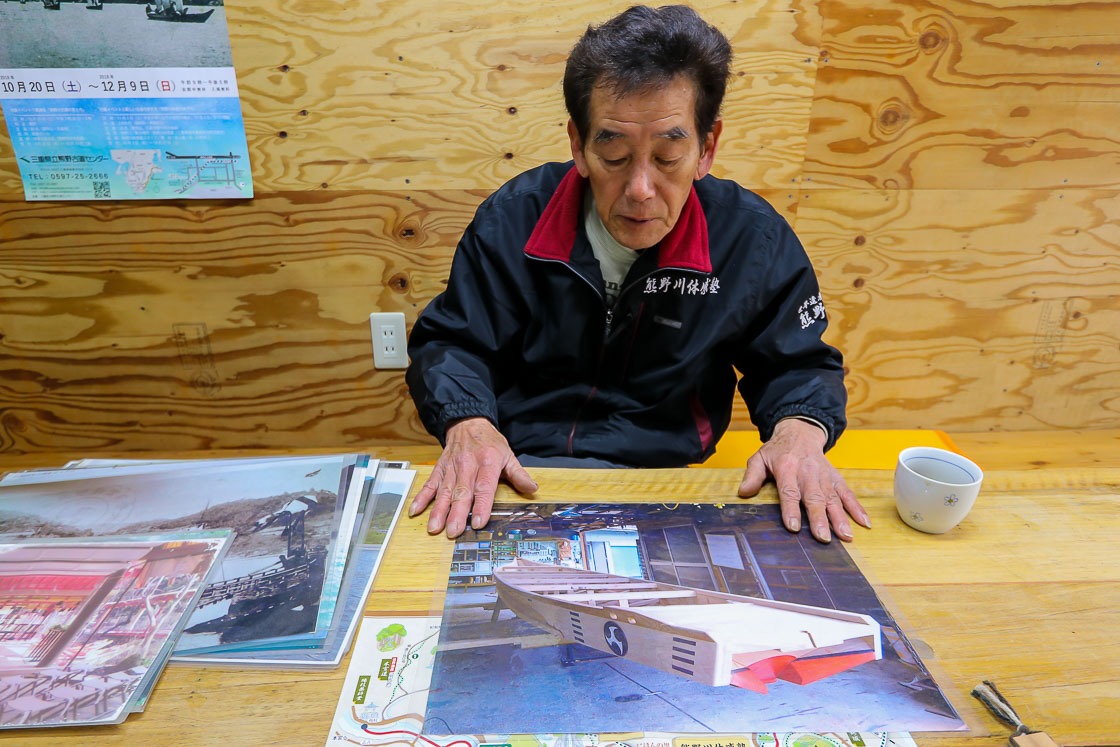
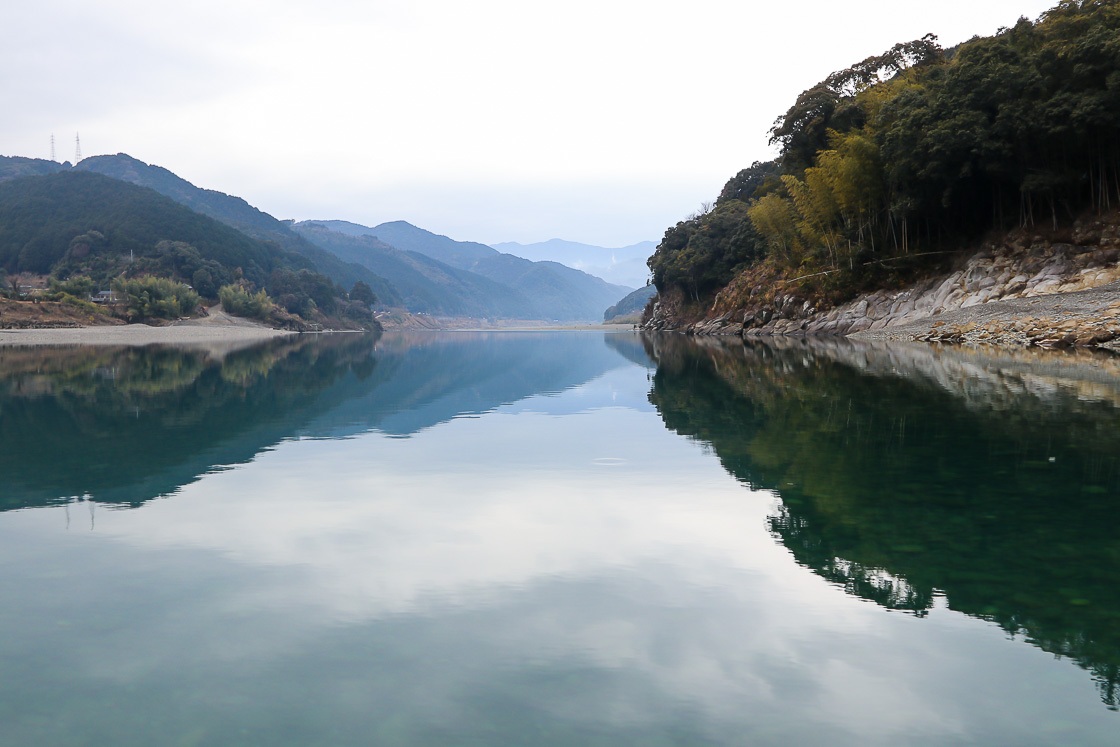
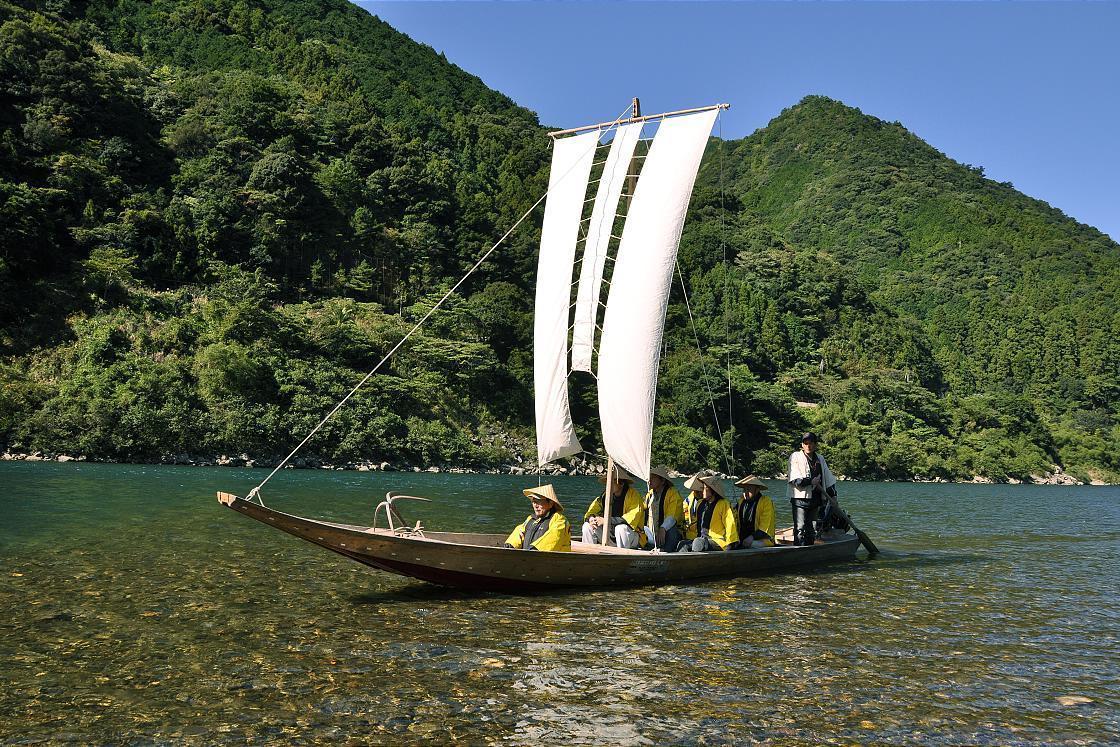
Following the boat ride, I went on a short detour by car further up the river. My goal was the Hisetsu Waterfall, located by the Hisetsu Falls Campsite. The waterfall was named by an emperor who thought that the falling water resembled flying snow. There are walking trails around the waterfall, but unfortunately, I did not have enough time to go on them and had to settle for admiring the waterfall.
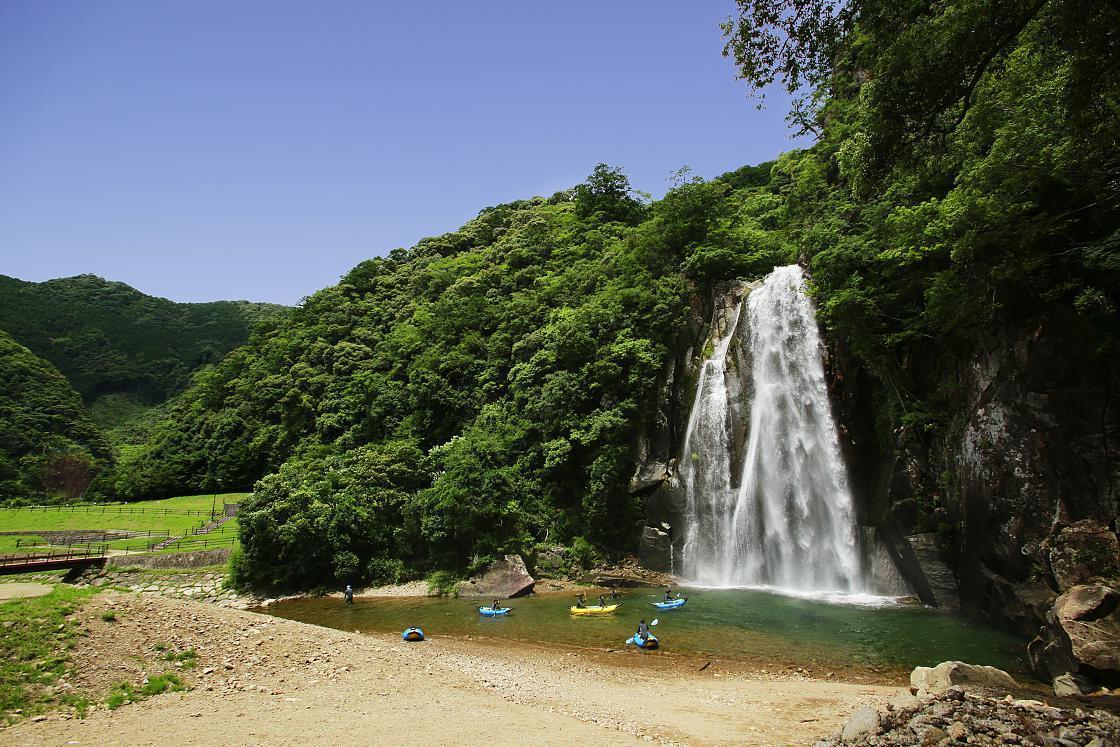
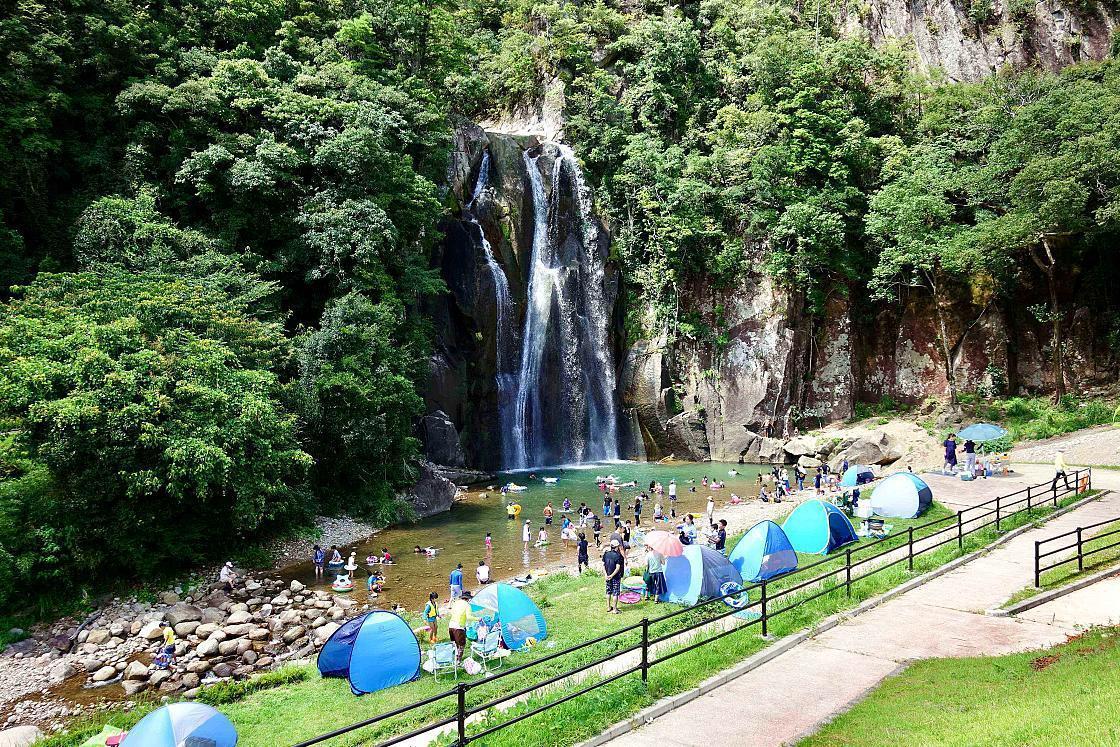
Before making the journey back to Nagoya, I went on a little fruit hunt on my drive. The town of Mihama is known for its mikan. Farmers there cultivate a range of mikan varieties, ensuring a year-long harvest of the citrus. My mission was to find as much of the fruit as possible which wasn't difficult at all. I stopped by a roadside rest station as well as an unmanned fruit store and accomplished my mission easily. While mikan are typically sold in small bags in the rest of Japan, thanks to the abundance of the citrus here, mikan are sold in large plastic bags at a reasonably low price. Needless to say, it was hard to resist buying some delicious and healthy souvenirs for the trip back home.
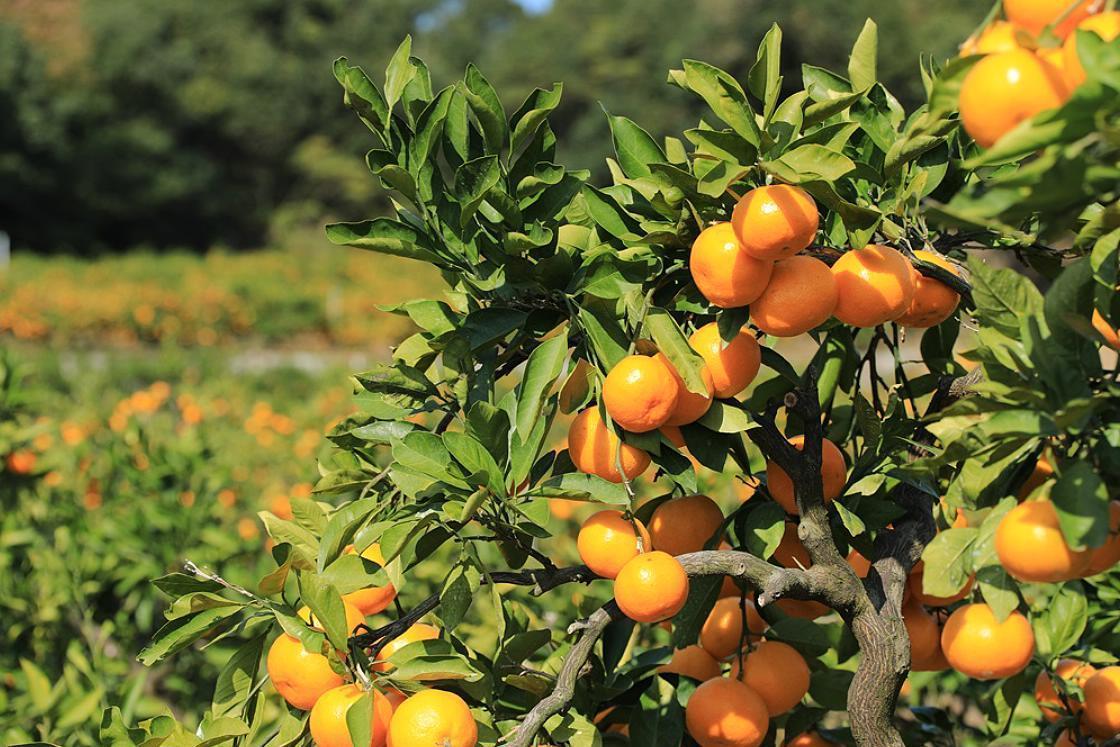
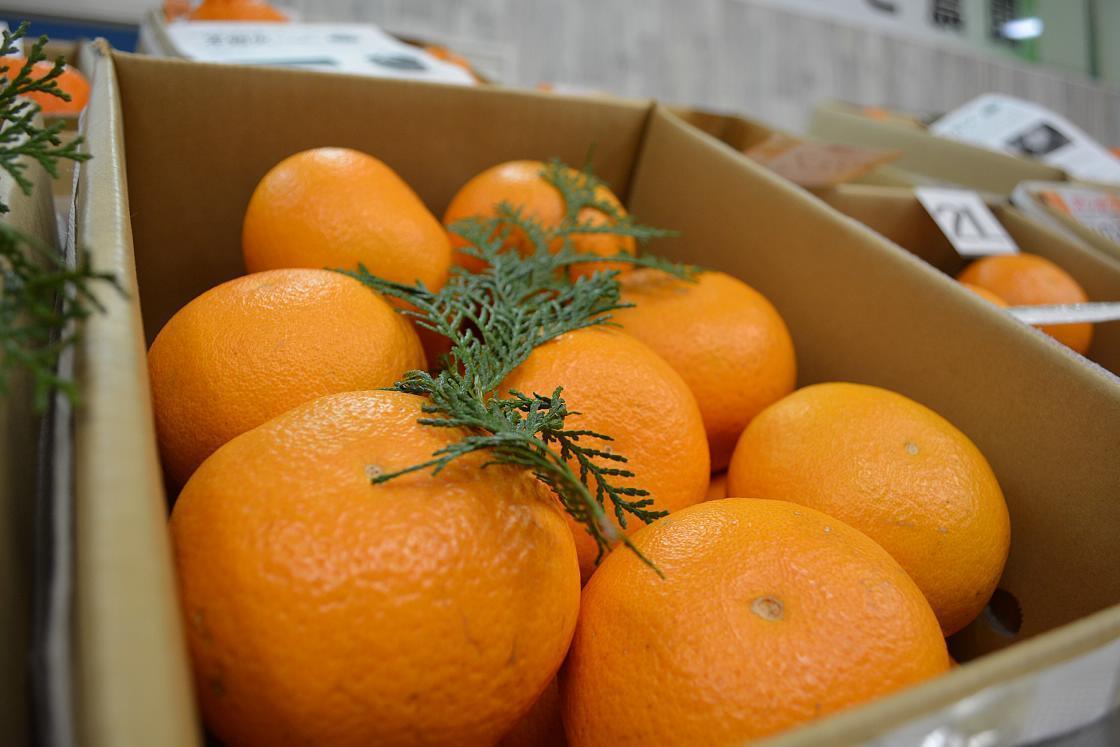
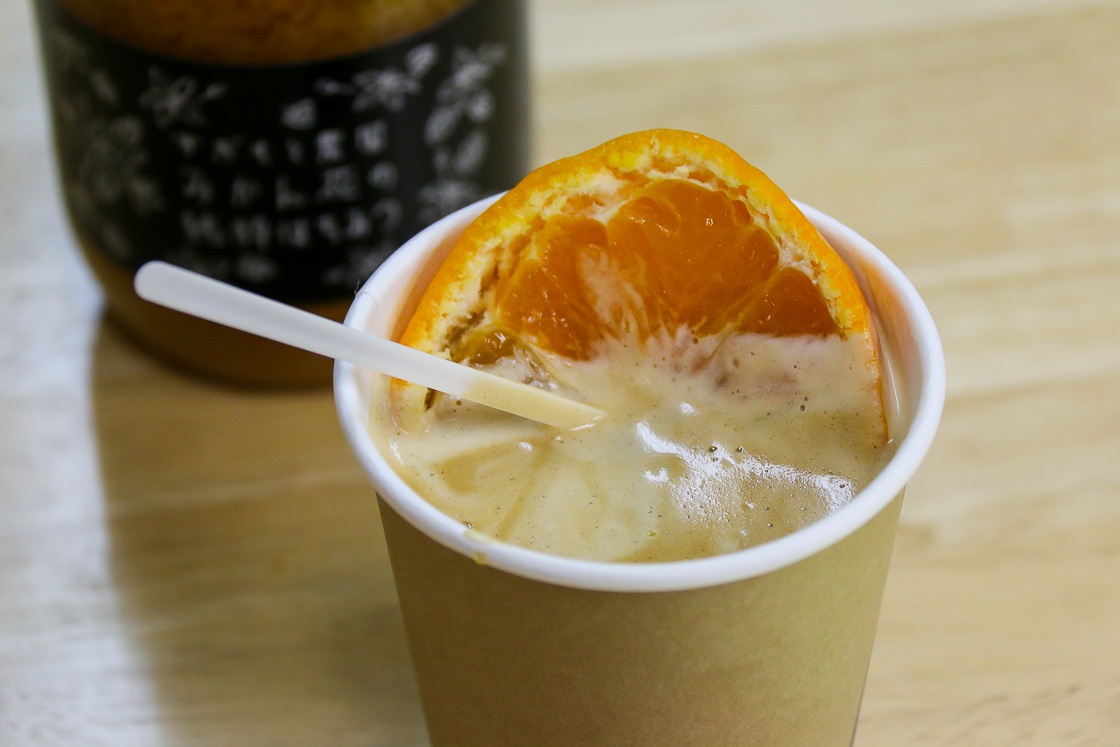
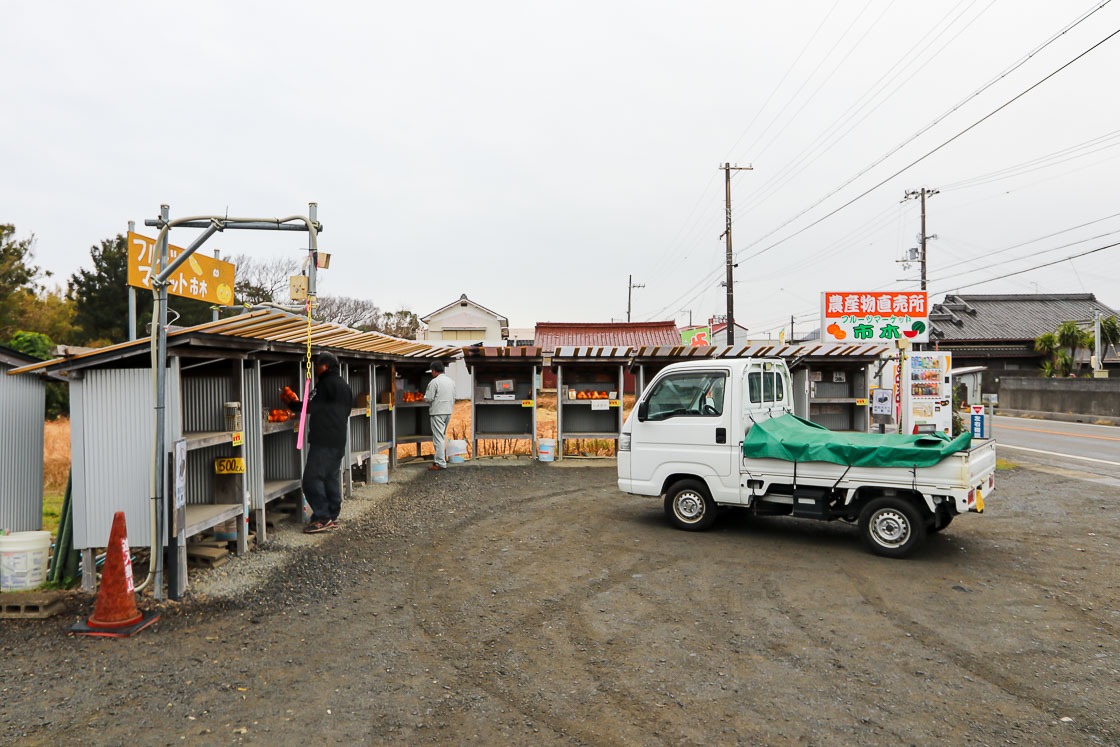
Thus, ended my three-day two-night trip to the Higashi Kishu region, where I got to enjoy the great outdoors, savor local delicacies and experience a part of hidden Japan that sees few tourists. This short trip is perfect for those who are looking to incorporate a variety of activities into their holiday as well as those looking for a getaway from the bustling city.
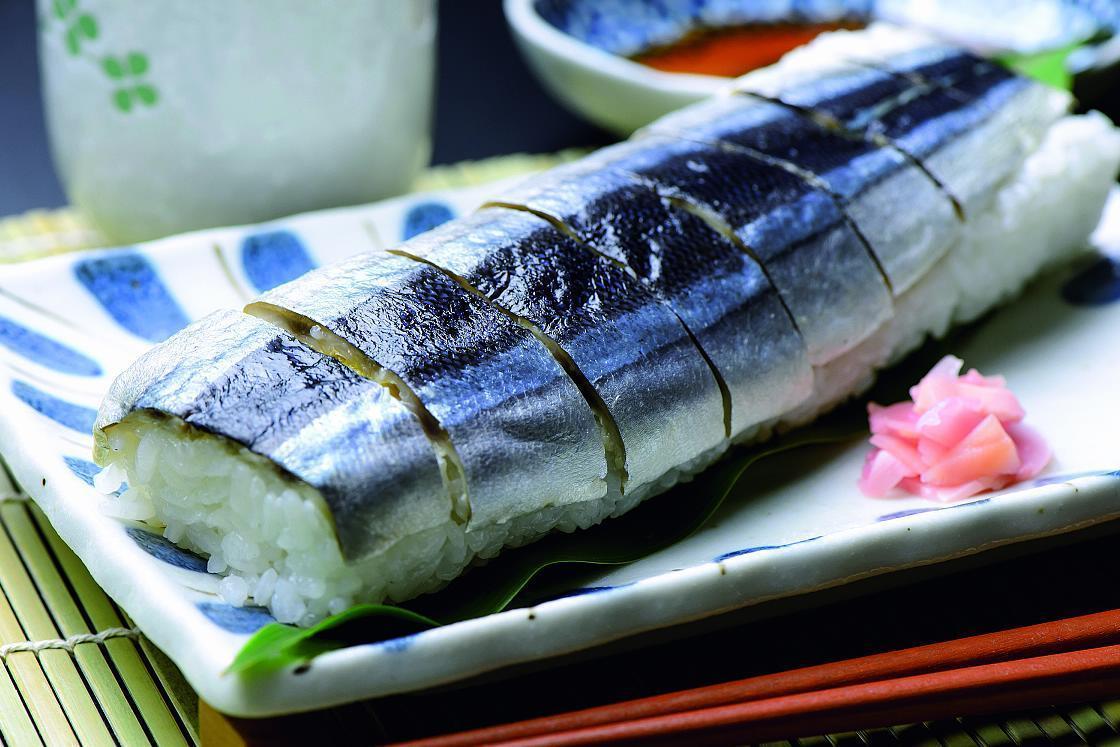
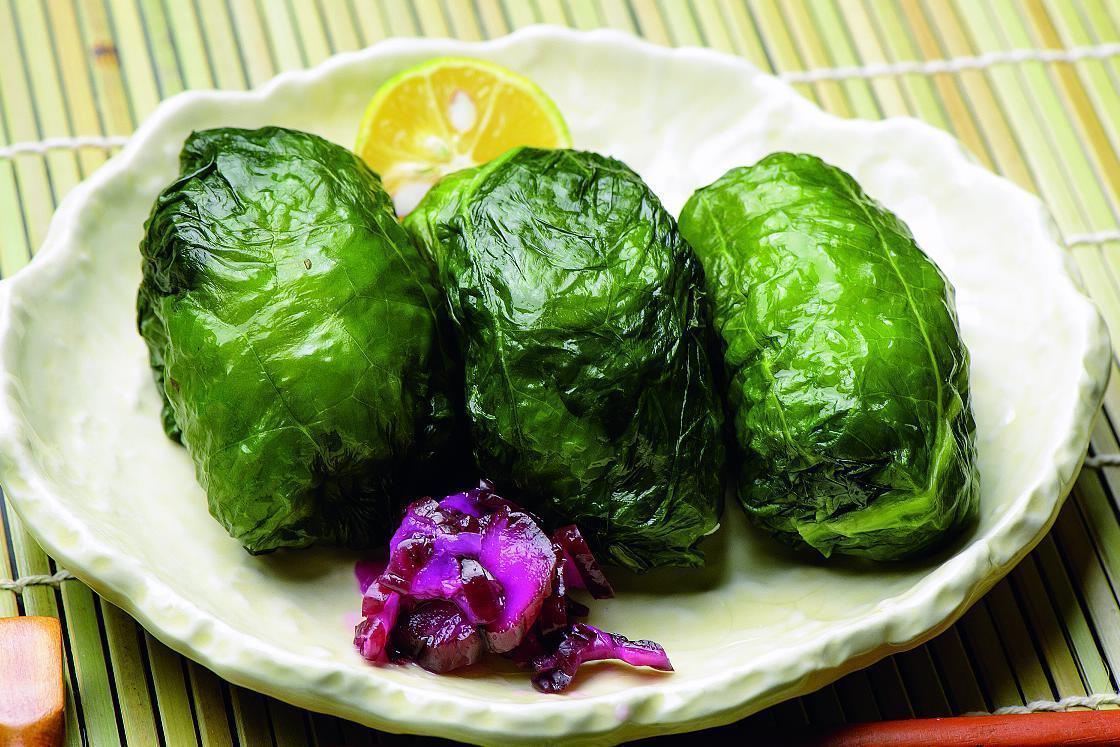
Access
This three-day two-night trip was carried out with the use of a rental car, as public transportation to the attractions may be infrequent and spots are located far from the nearest station or bus top. From Chubu Centrair International Airport, trains provide access to Nagoya. Alternatively, hourly high speed boats connect the airport to Tsu in Mie Prefecture. The one way boat journey takes about 45 minutes and costs 2470 yen. Rental car outlets can be found at Chubu Centrair International Airport, and in Nagoya and Tsu.
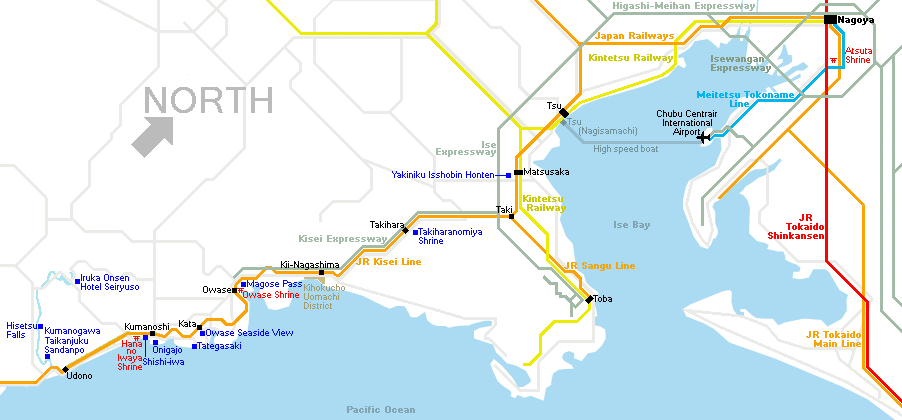
Links
- Chubu Centrair International Airport
- Access to and from Chubu Centrair International Airport
- Nagoya Info
- Matsusaka Beef
- Owase Seaside View Hotel (Japanese link)
- Owase Shrine (Japanese link)
- Yaya Festival (Japanese link)
- Magose-toge Pass (English Pdf)
- Magose-toge
- Tategasaki (Japanese link)
- Onigajo
- Onigajo
- Shishiiwa (Lion Rock), Shichiri Mihama Beach
- Hana no Iwaya Shrine
- Hana no Iwaya Shrine (Japanese link)
- Hotel Seiryuso (Japanese link)
- Sandanbo Sail Boat
- Hisetsu Falls Campsite in Kiho
- Mie Prefecture Tourism Federation
- Taiki Town Council for Regional Development
- Kihoku Town Tourist Association
- Owase Tourism and Local Products Information
- Kumano City Tourist Association
- Kiho Town
- Tsu Airport Line
